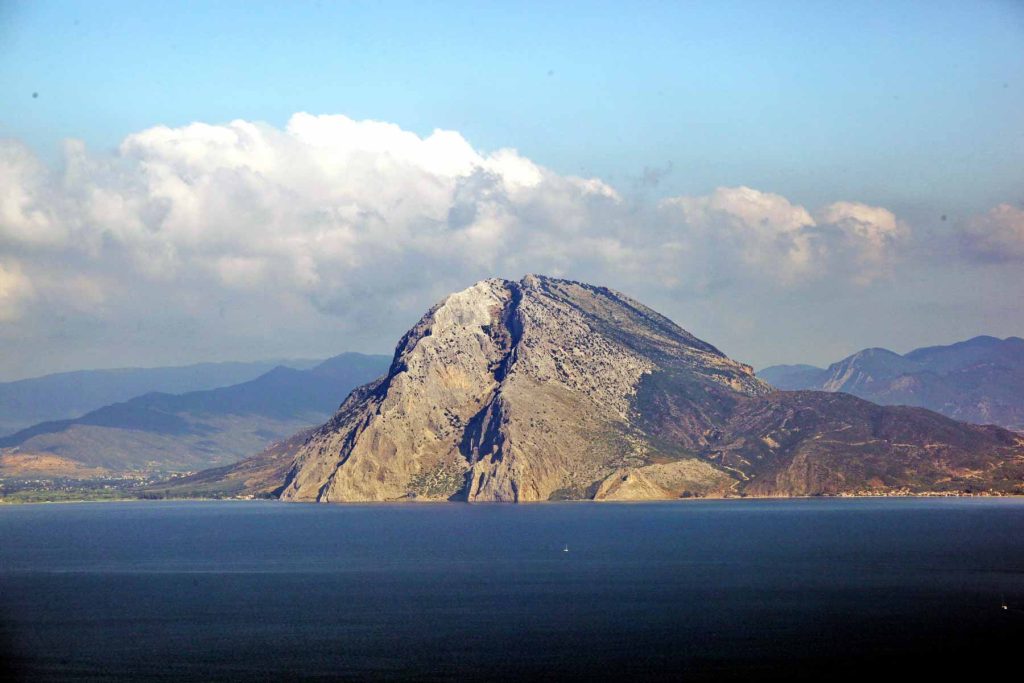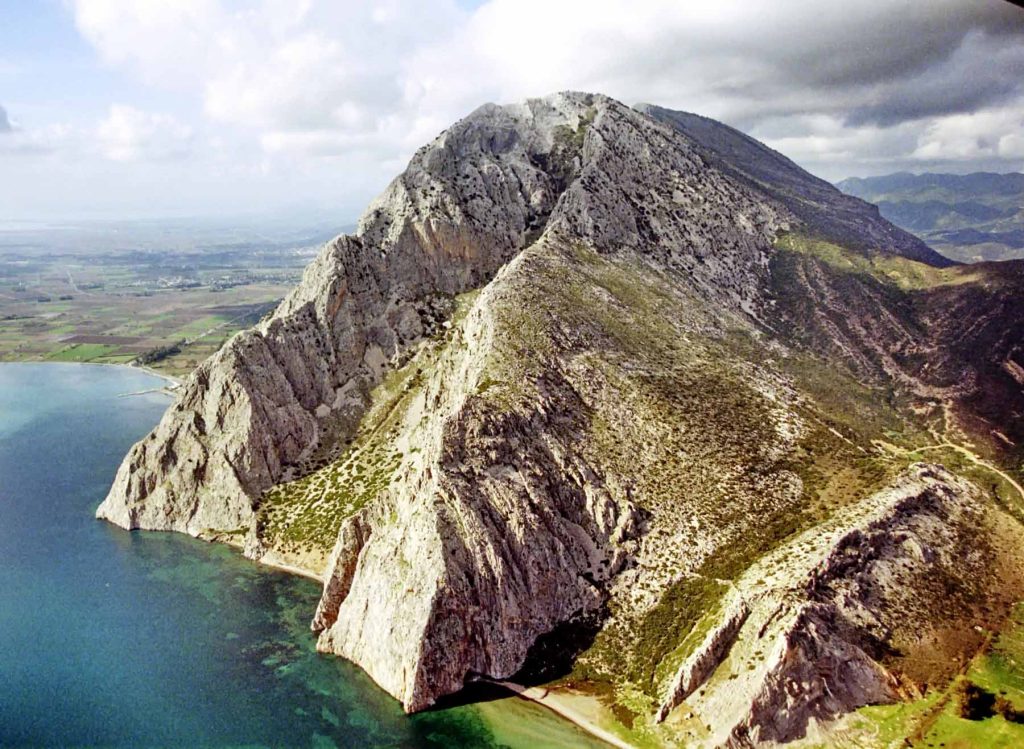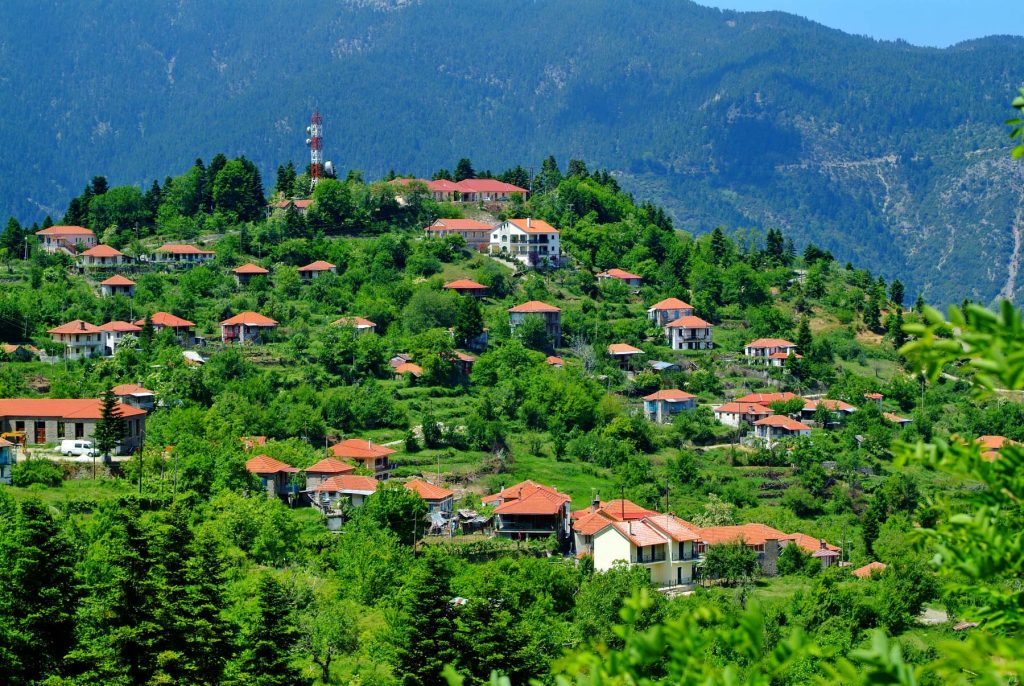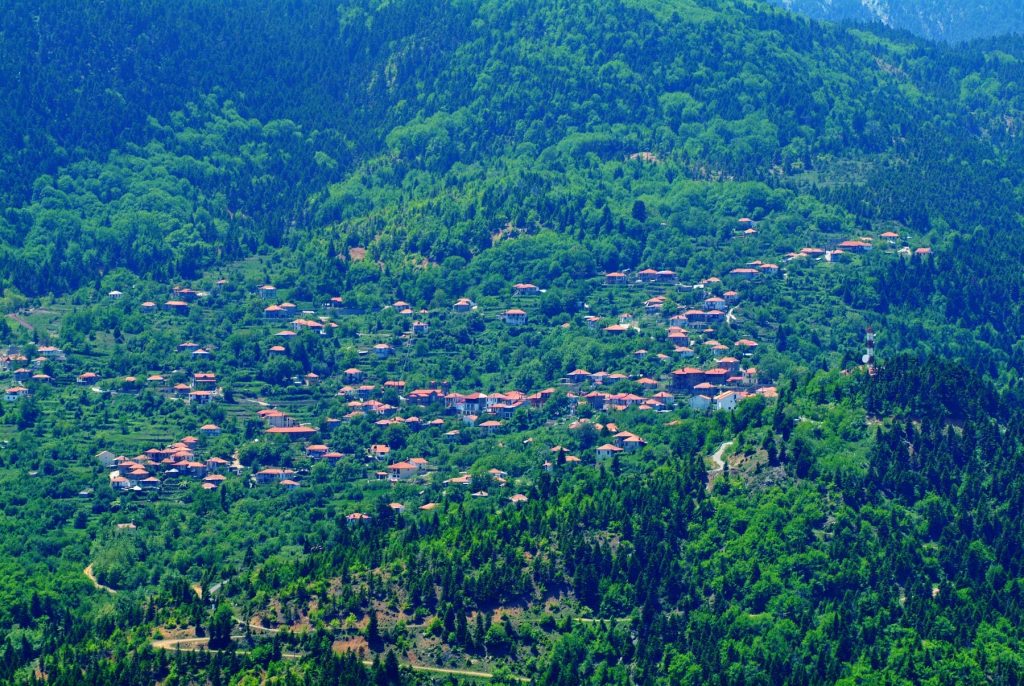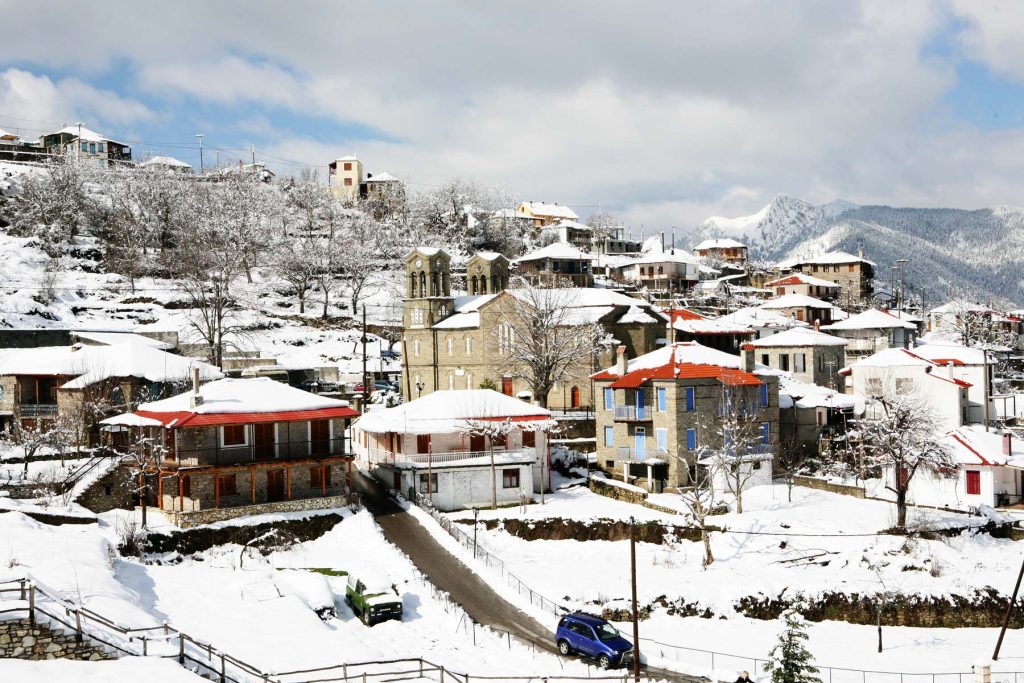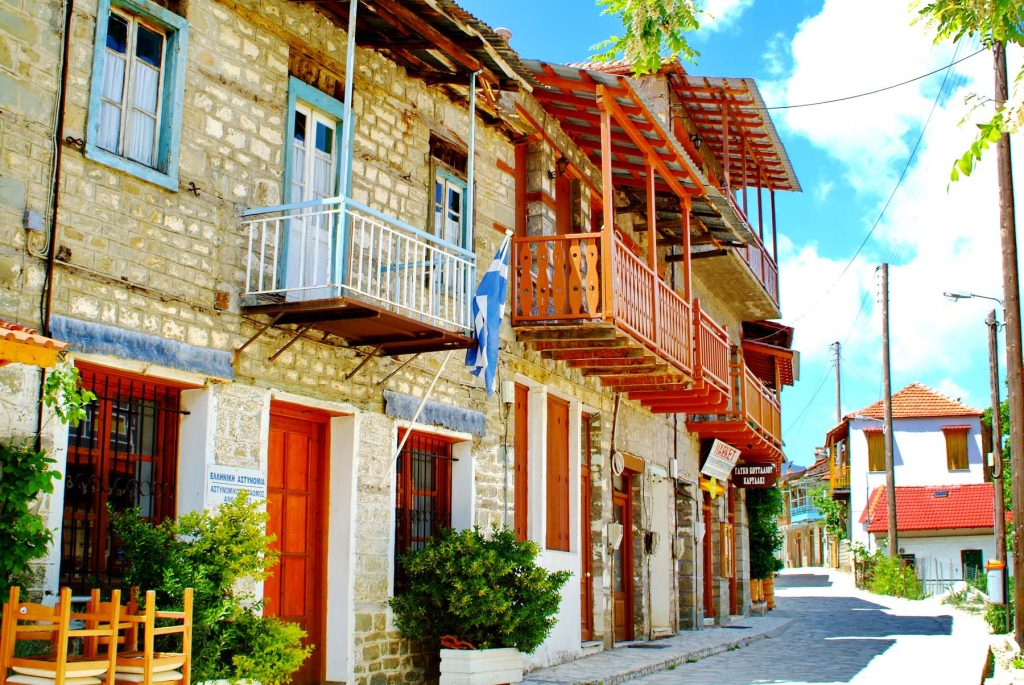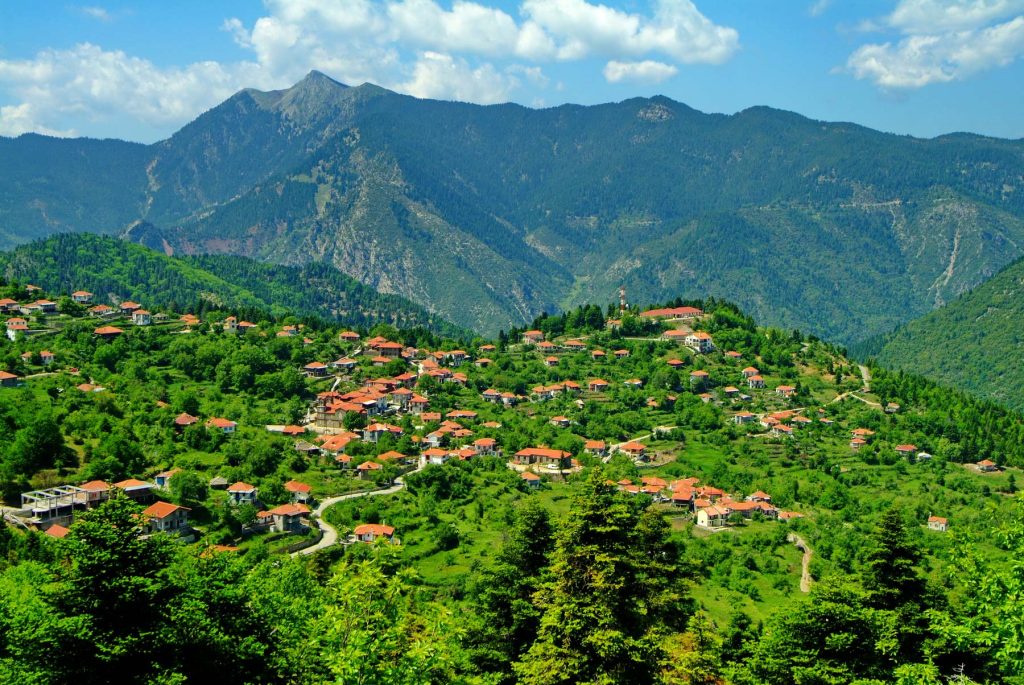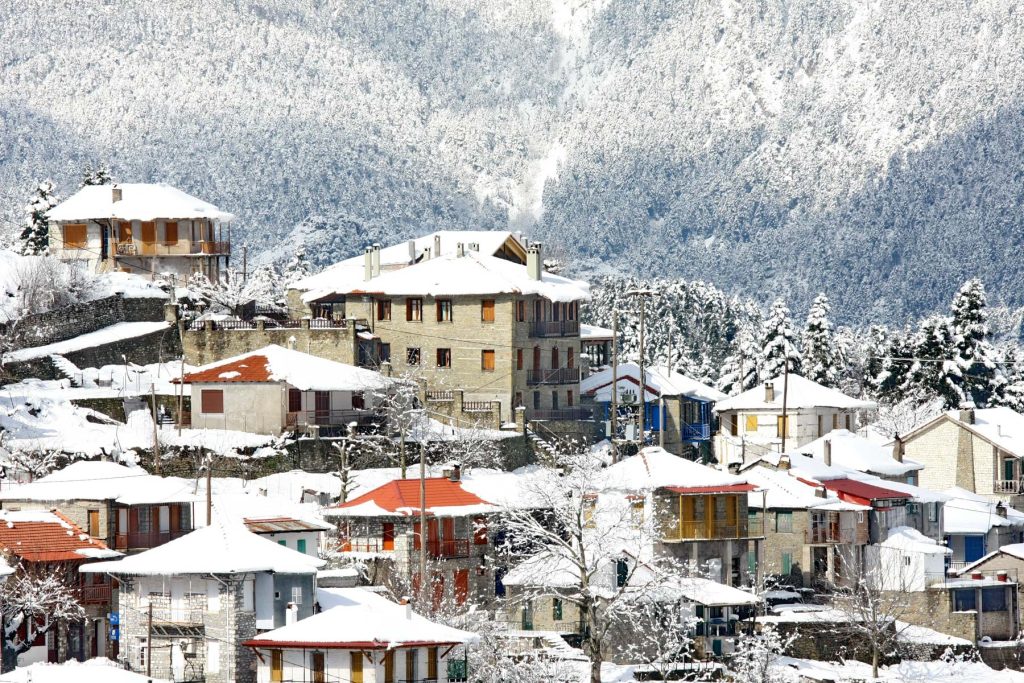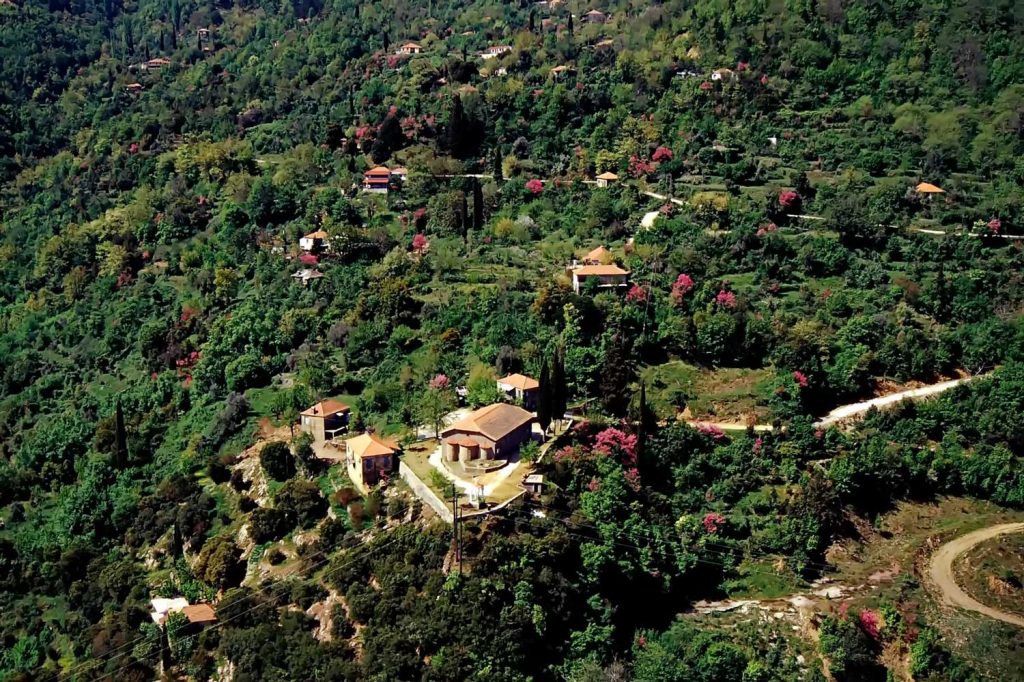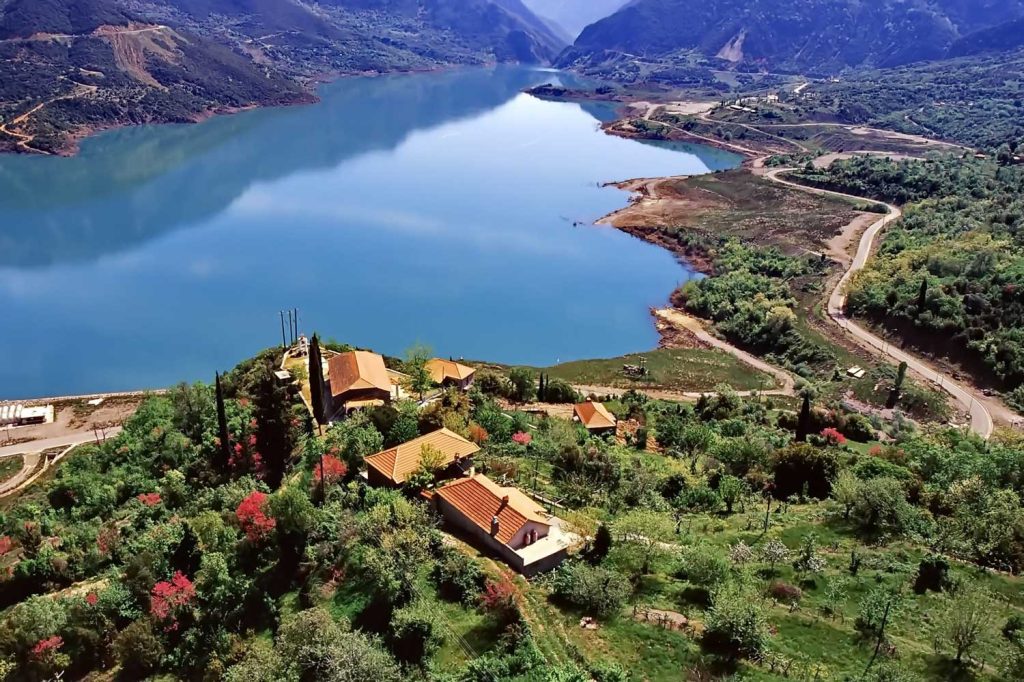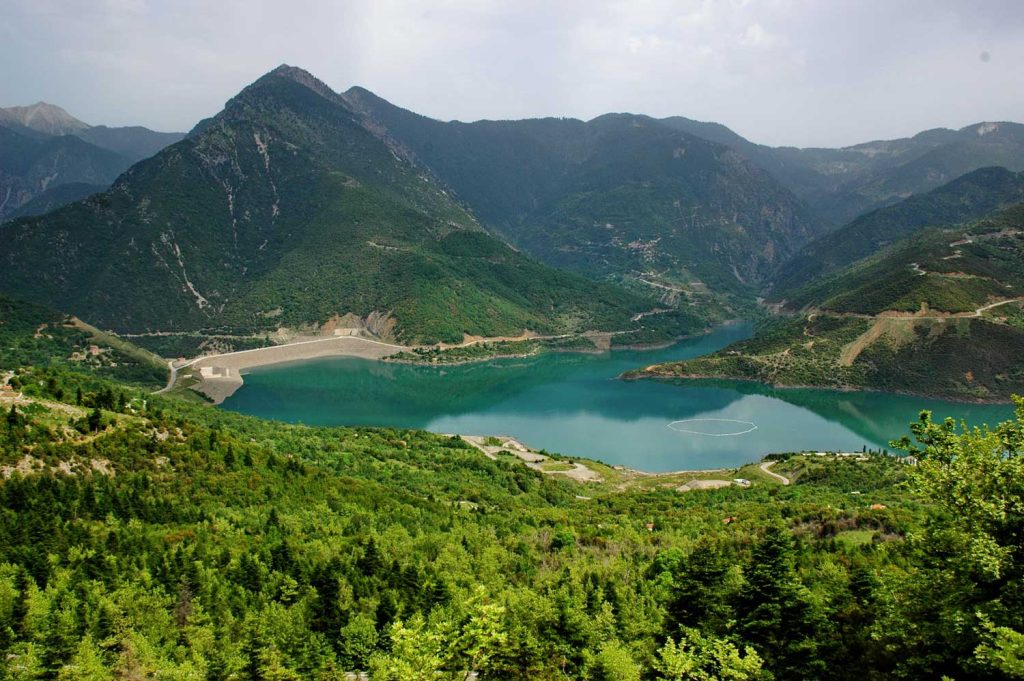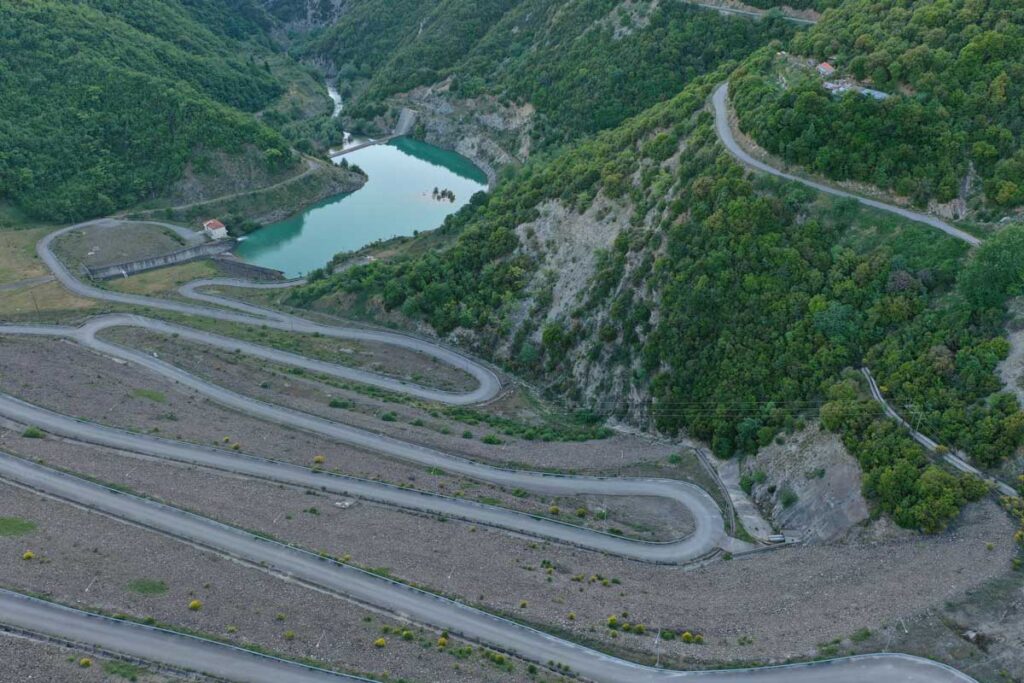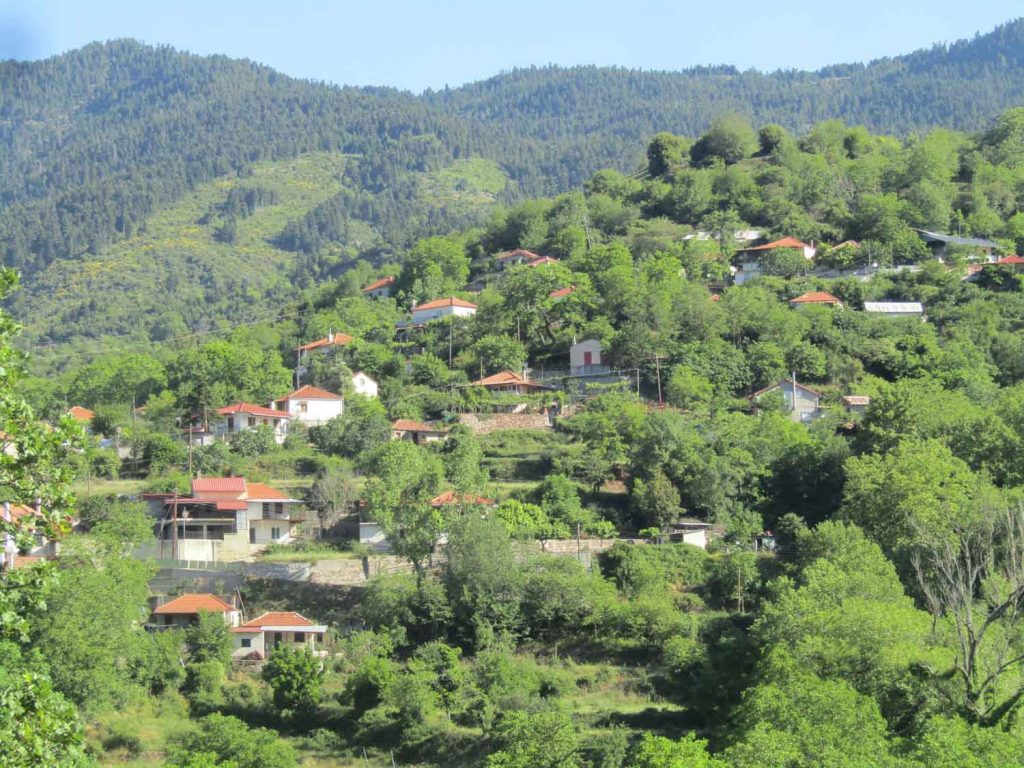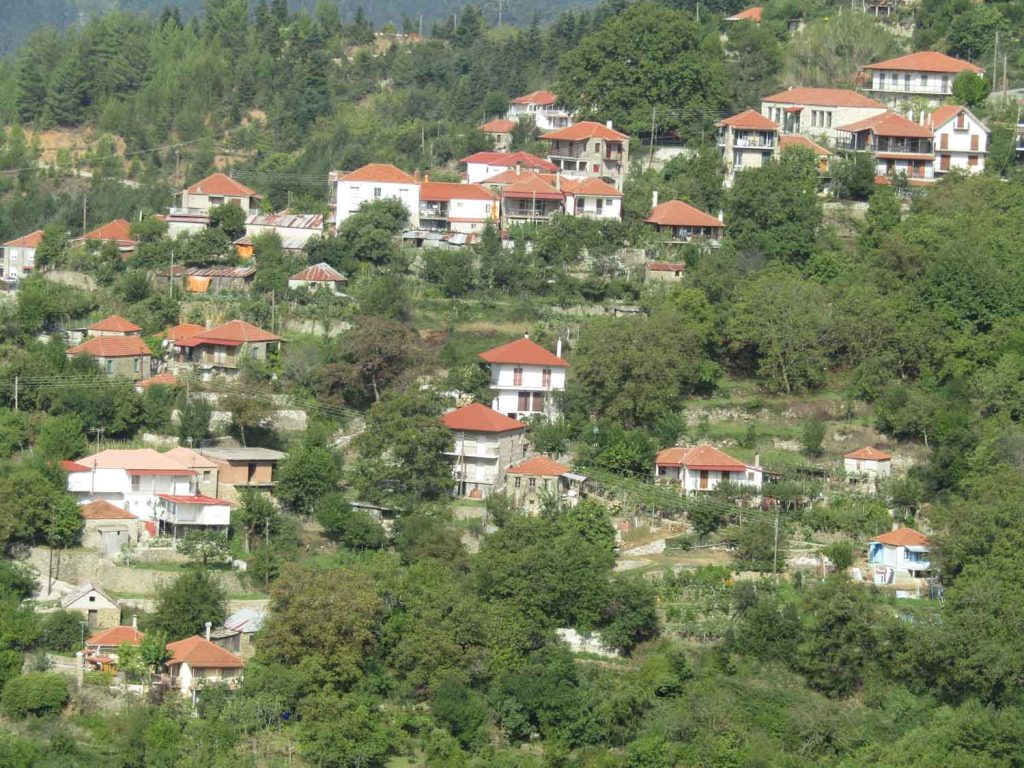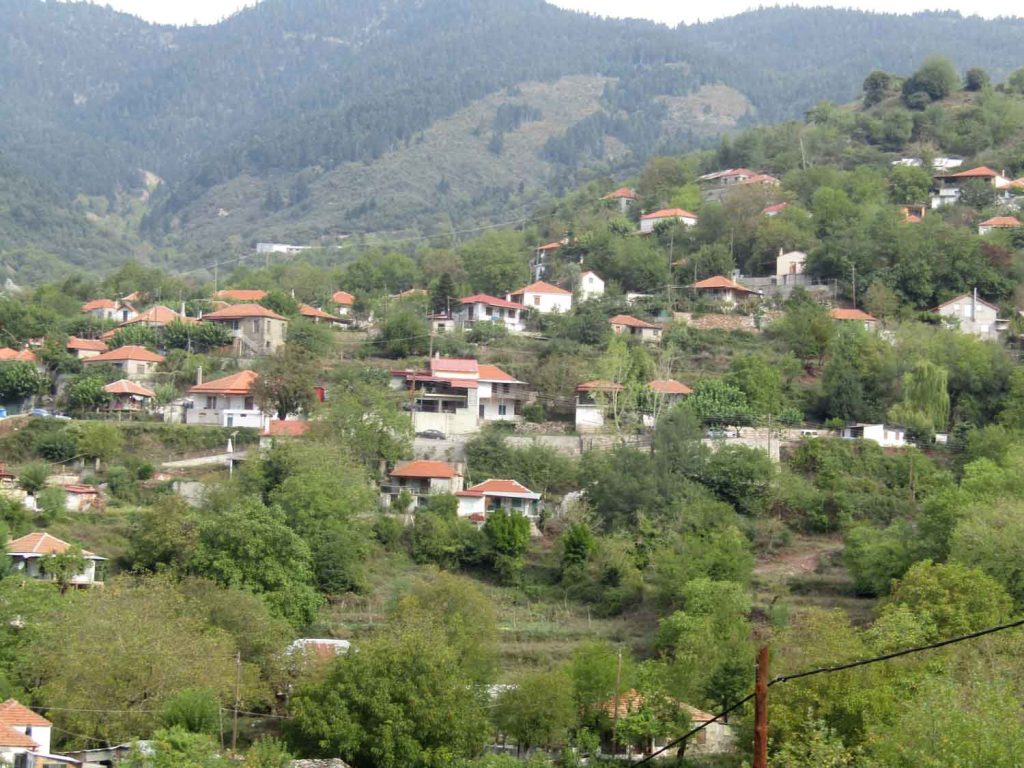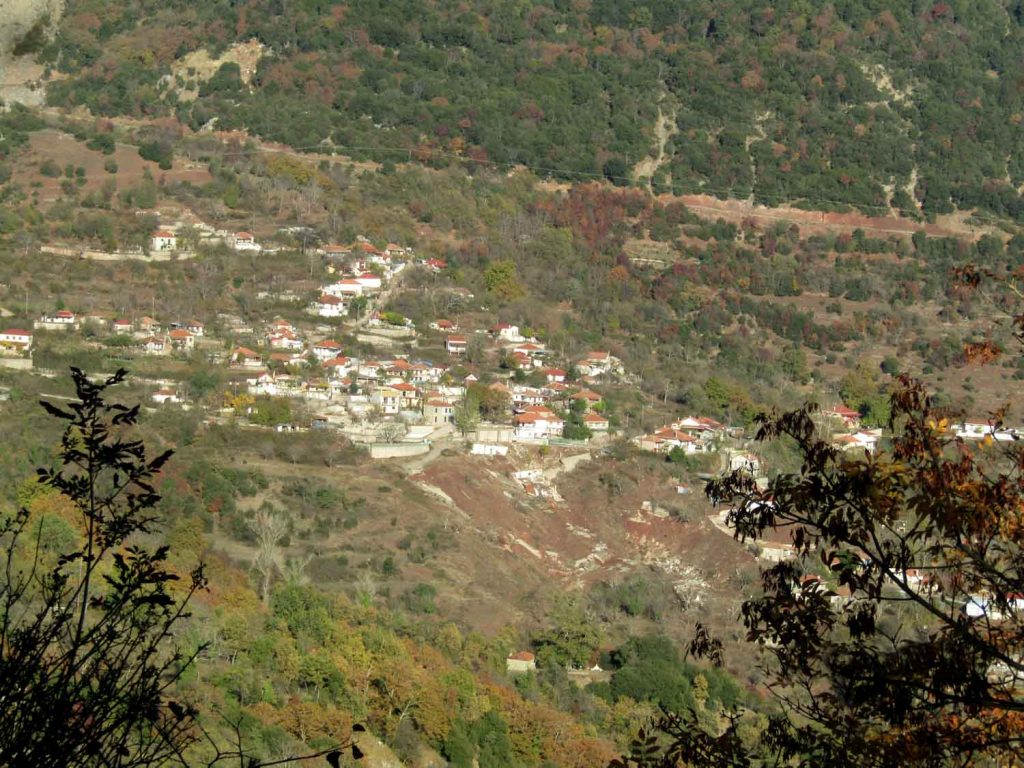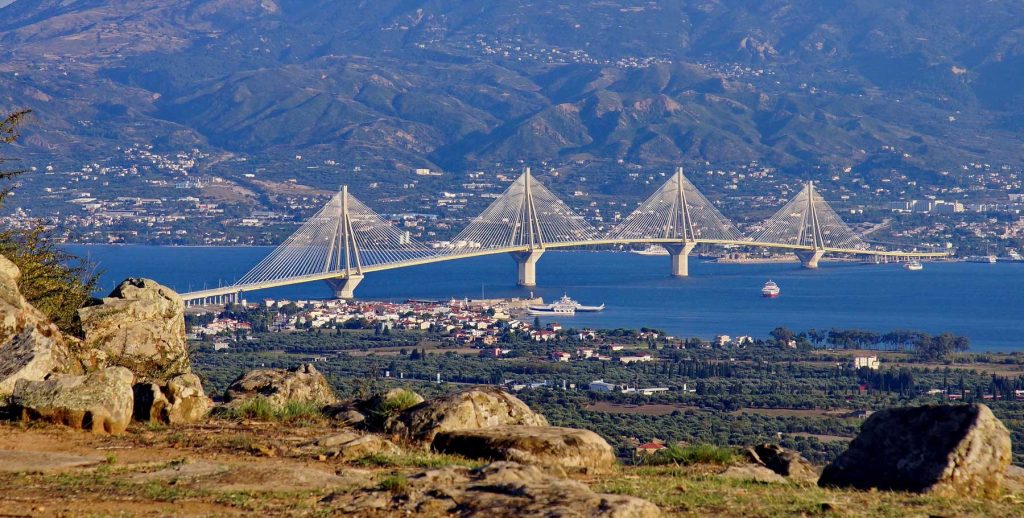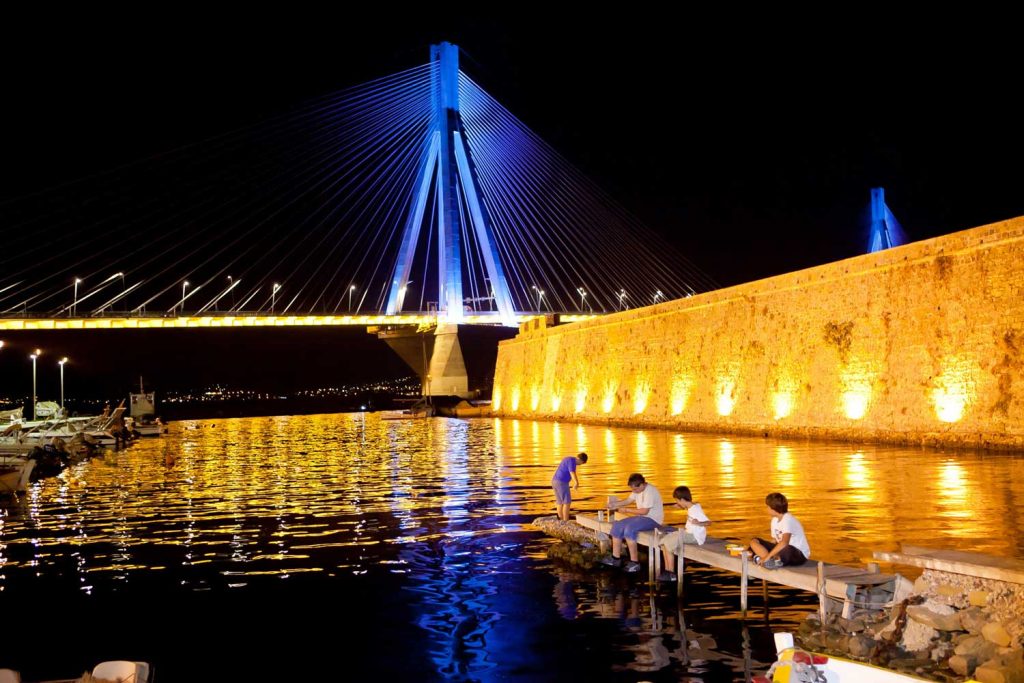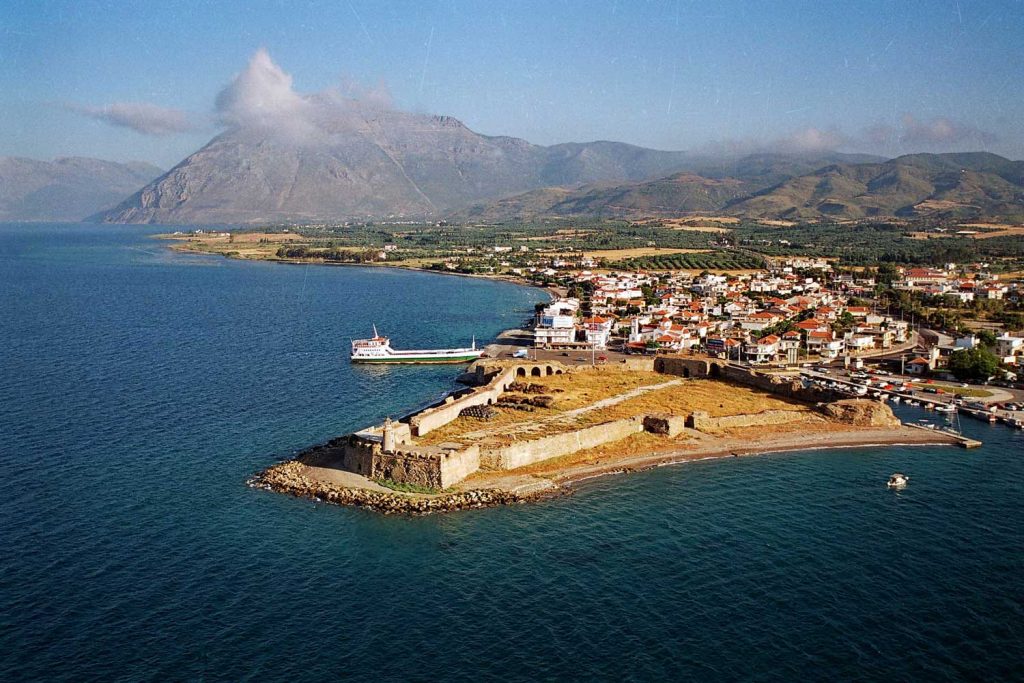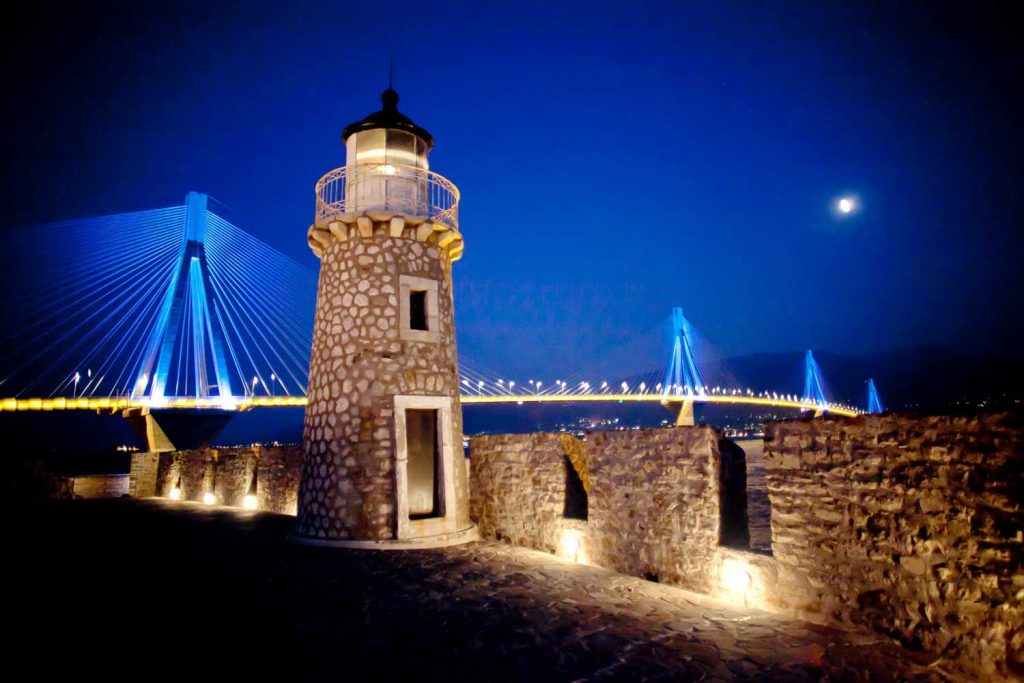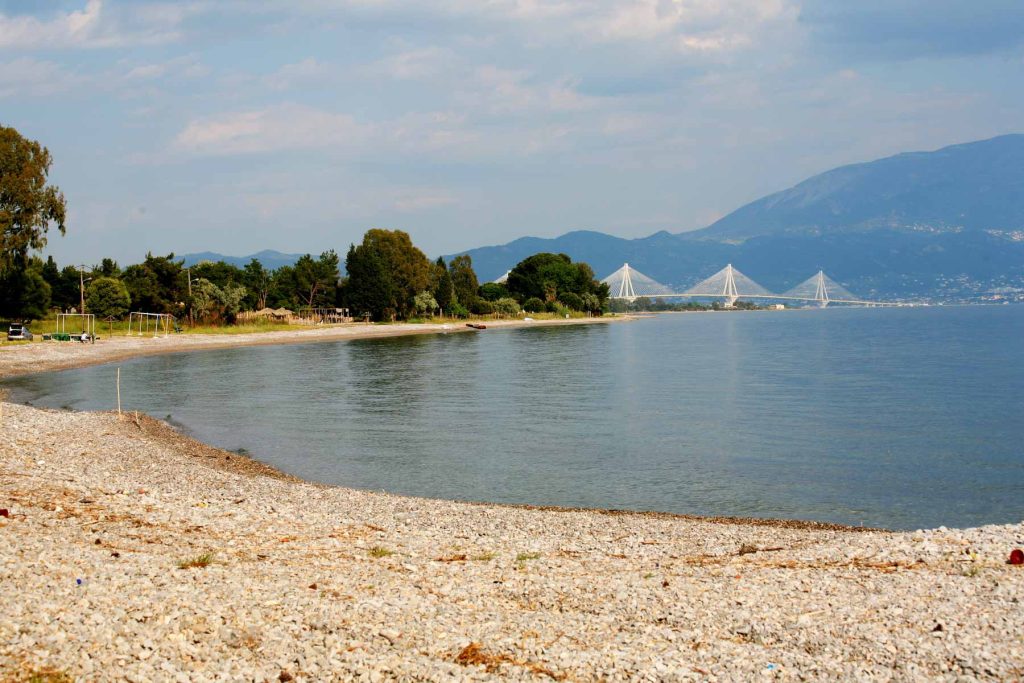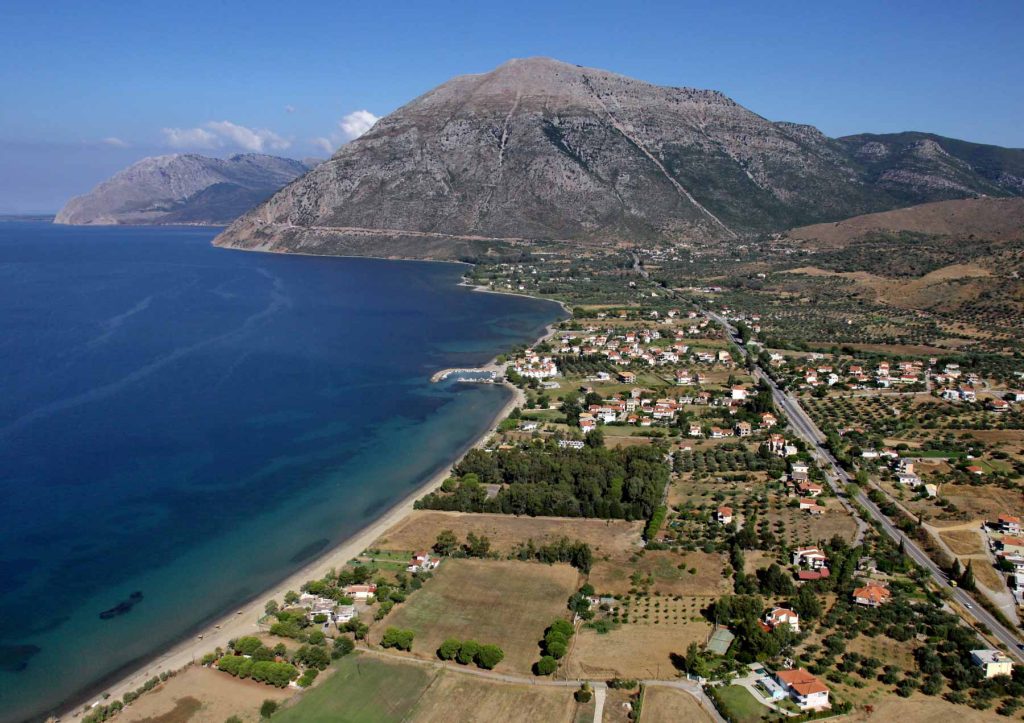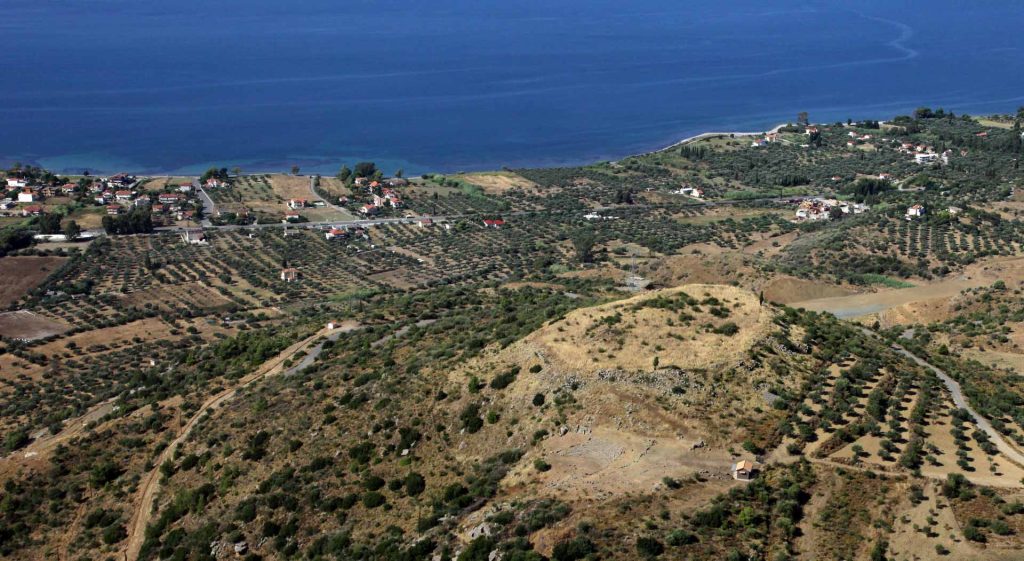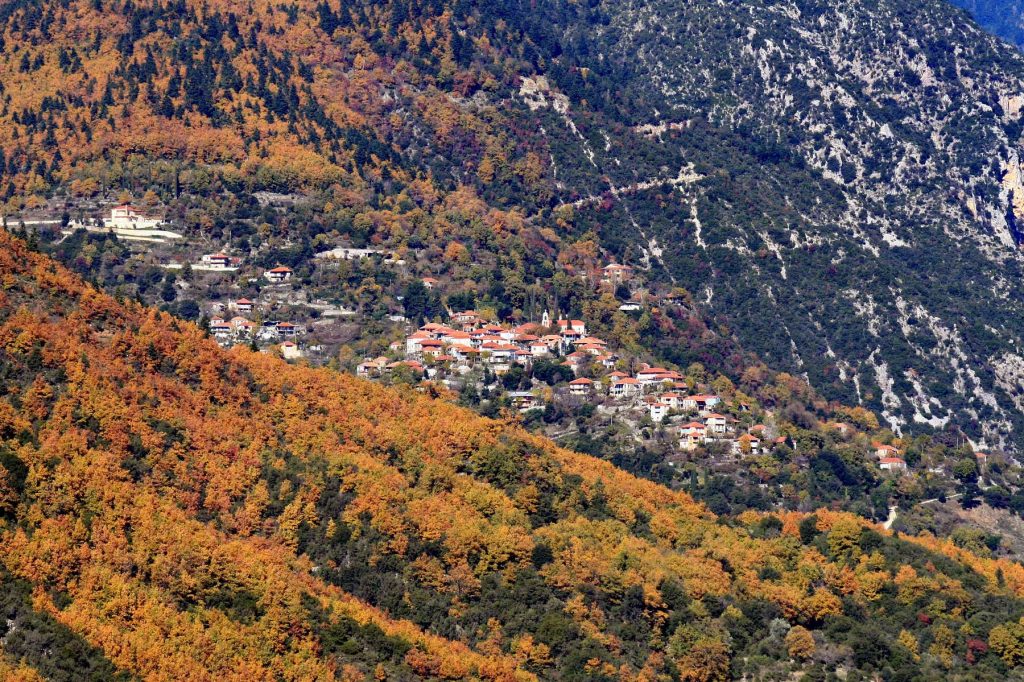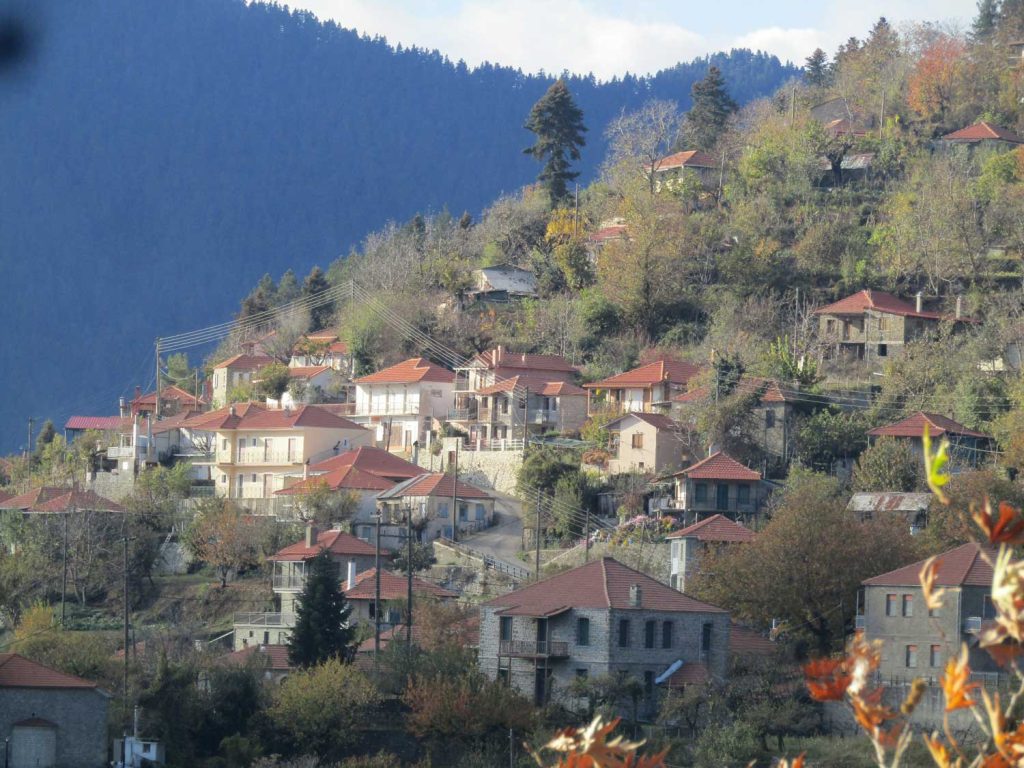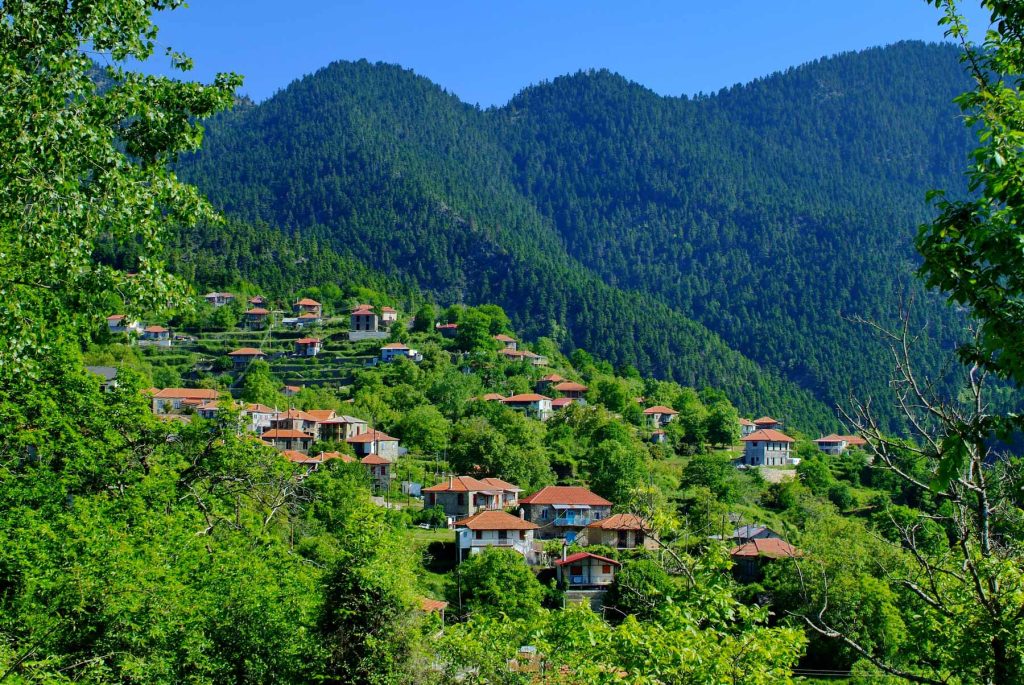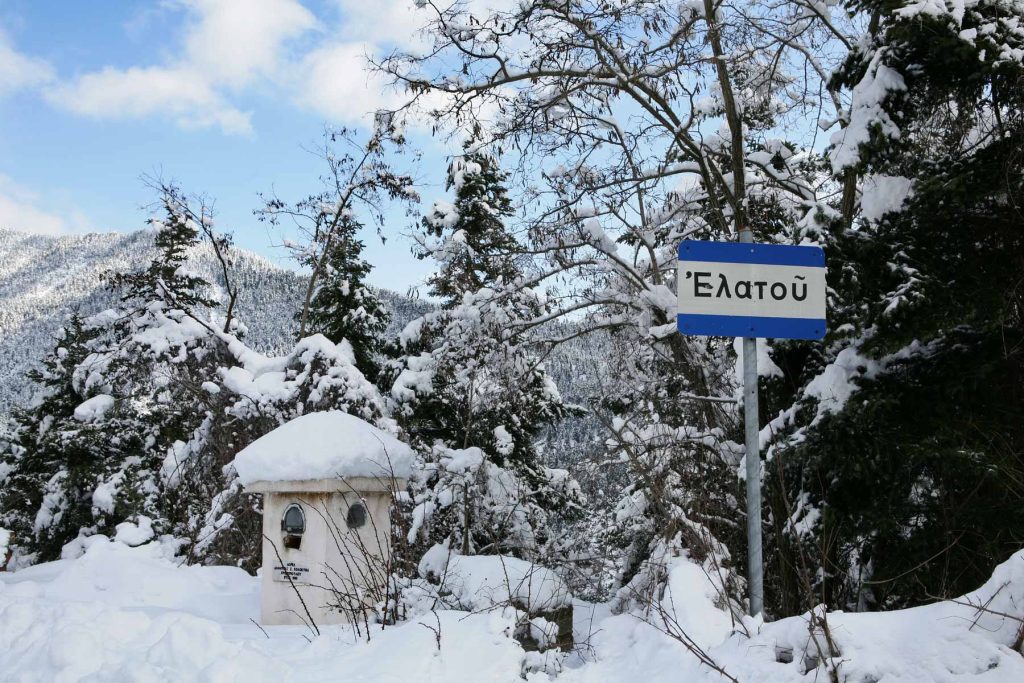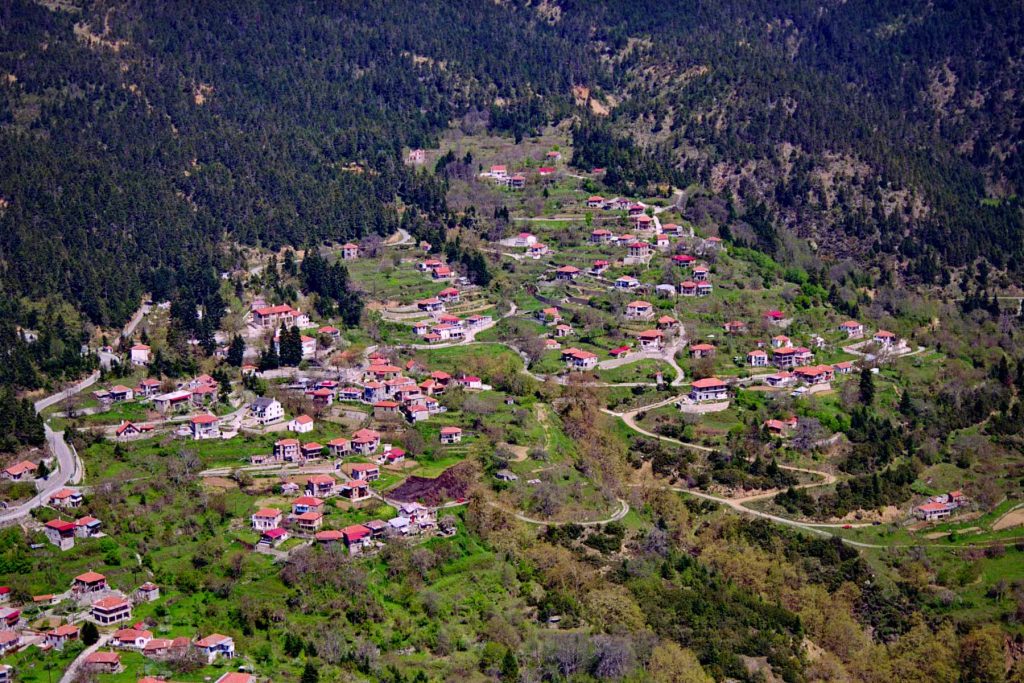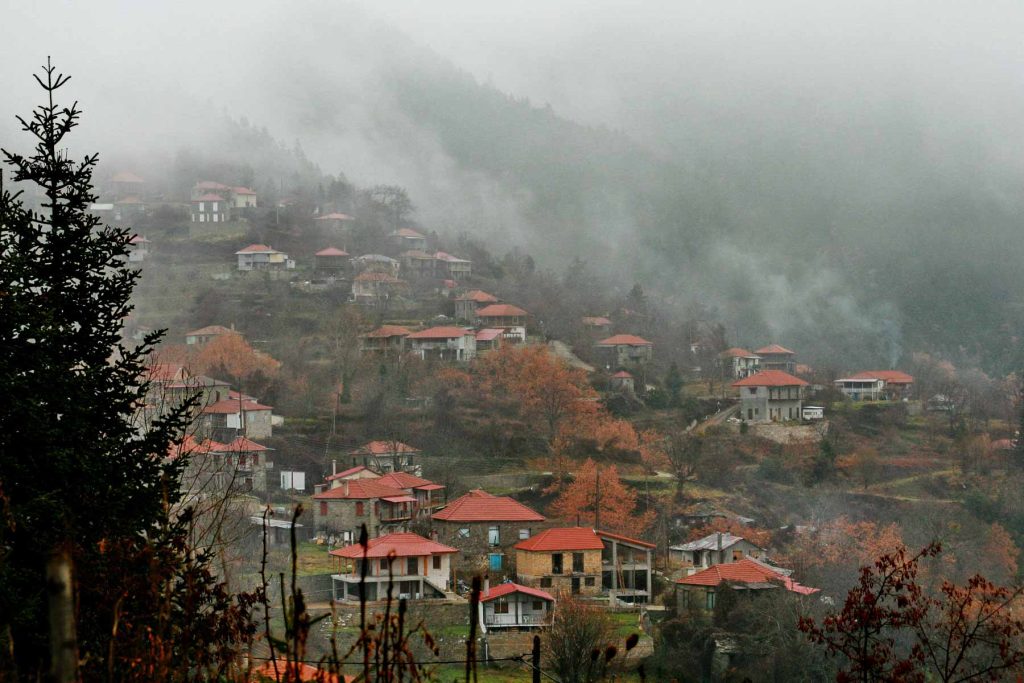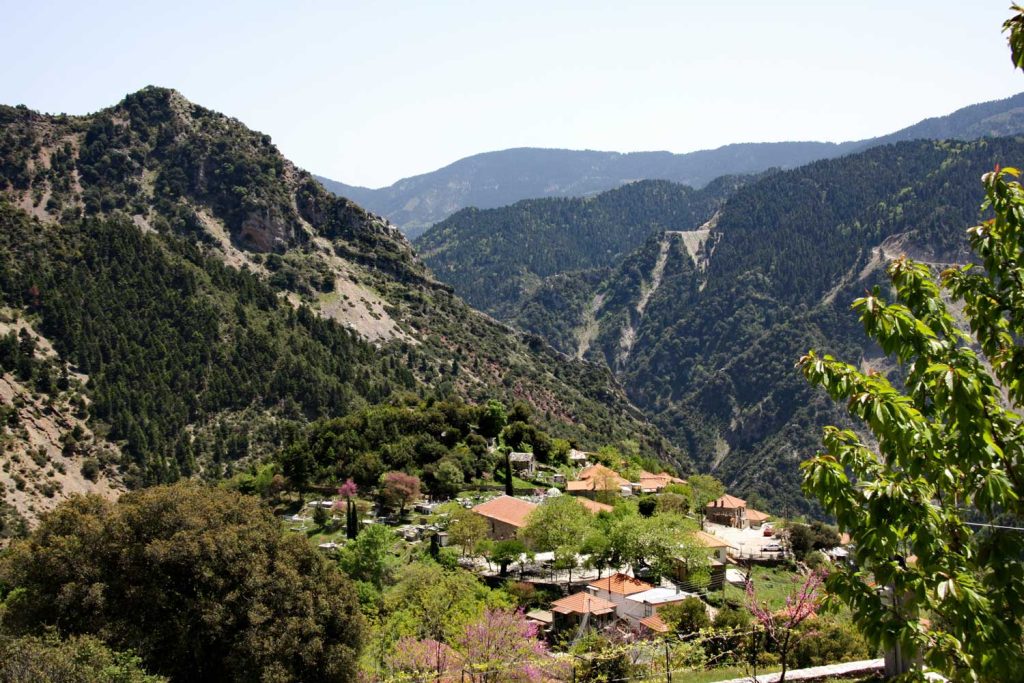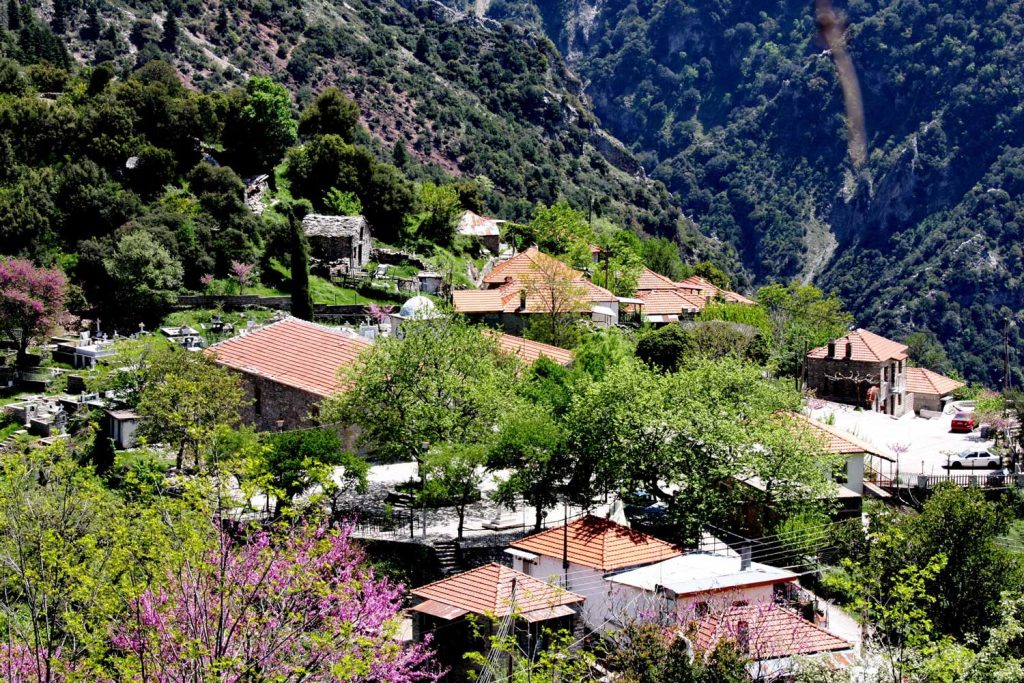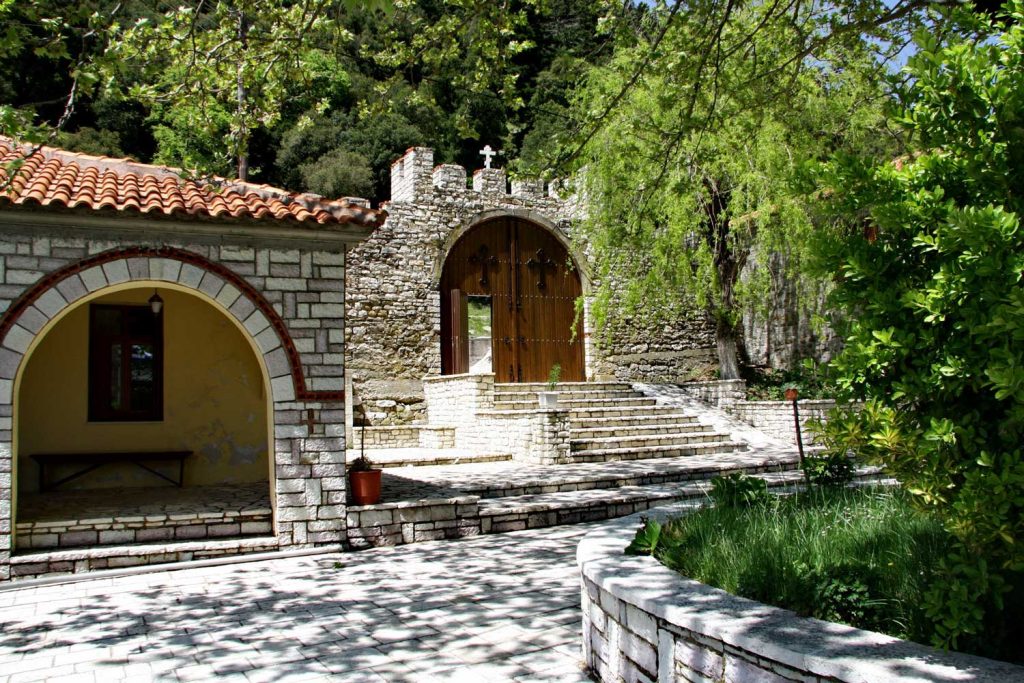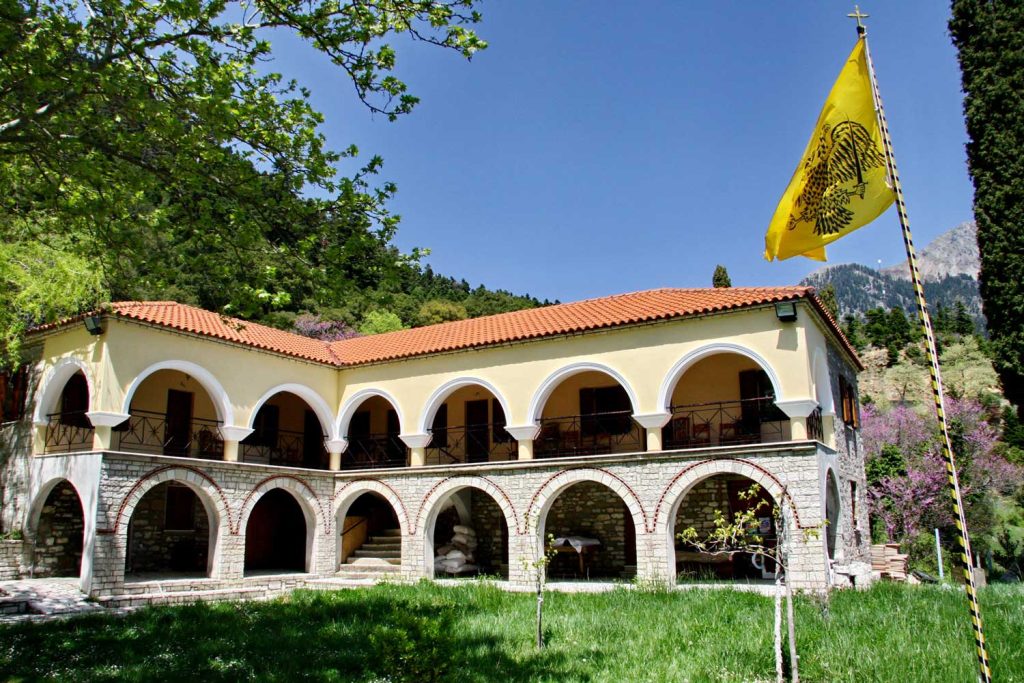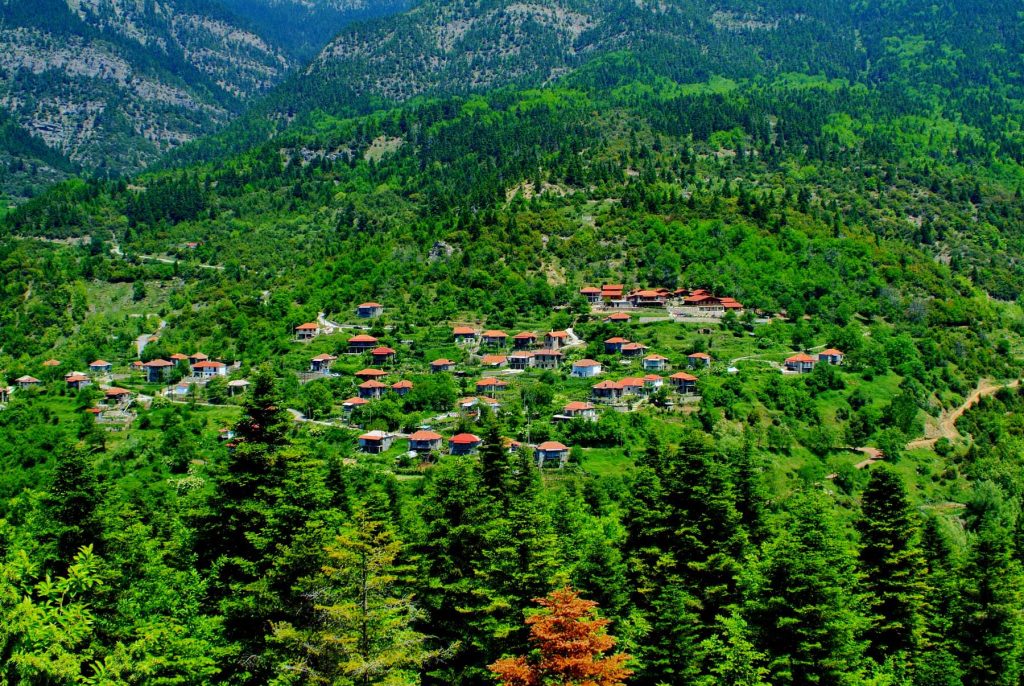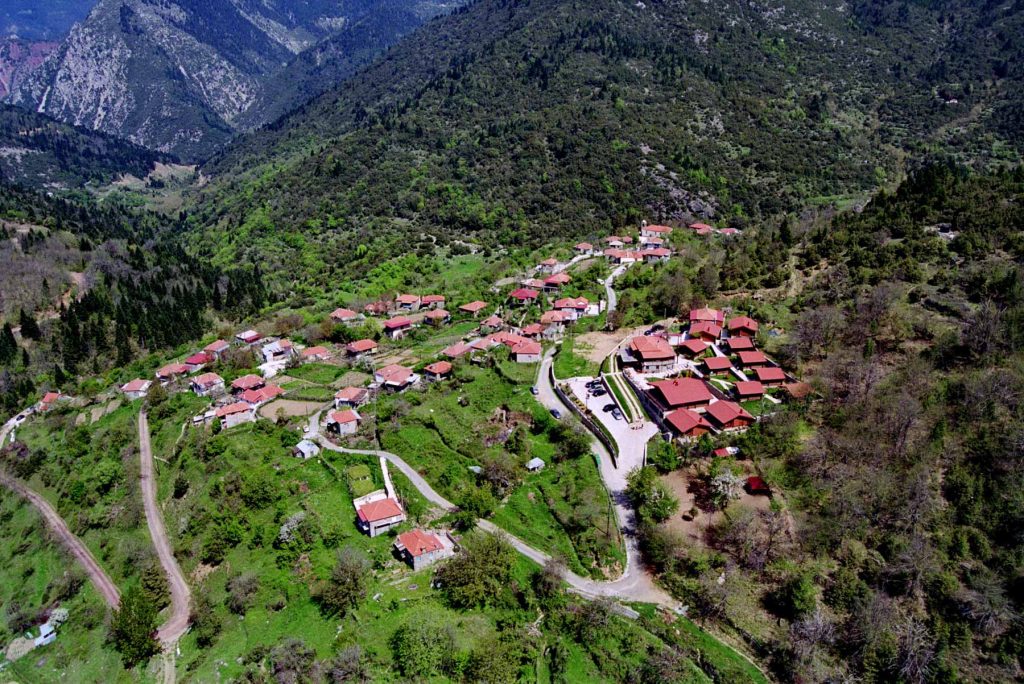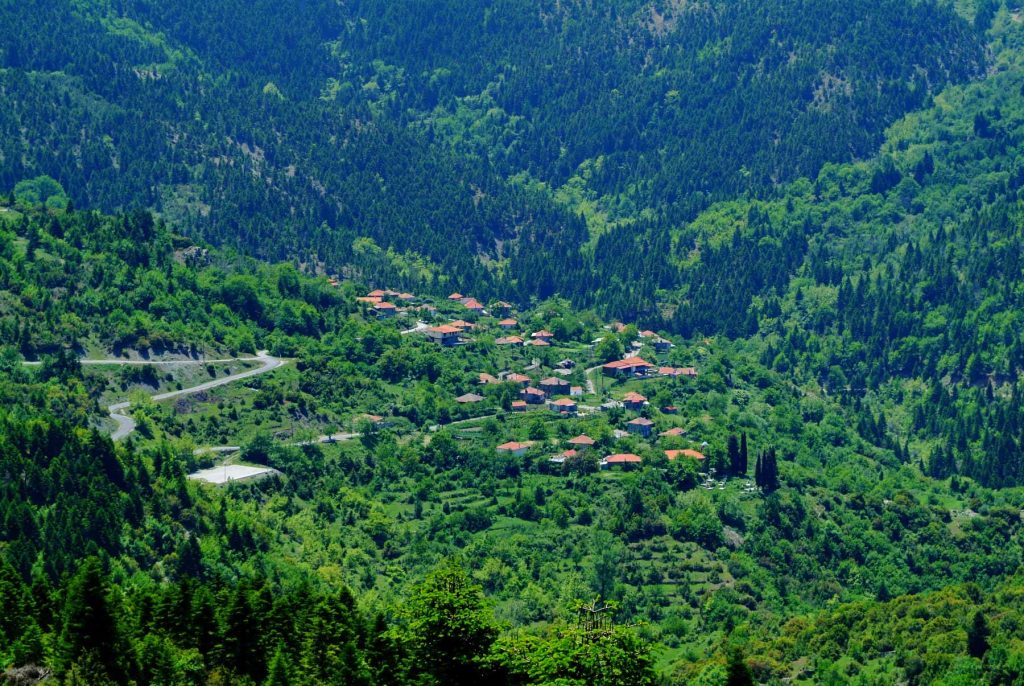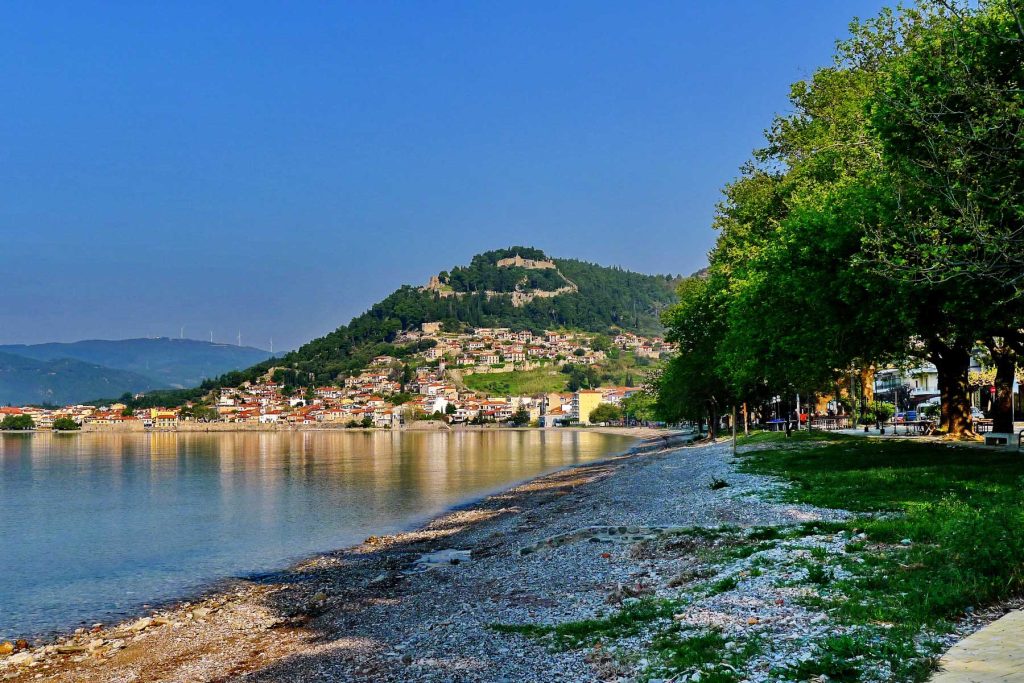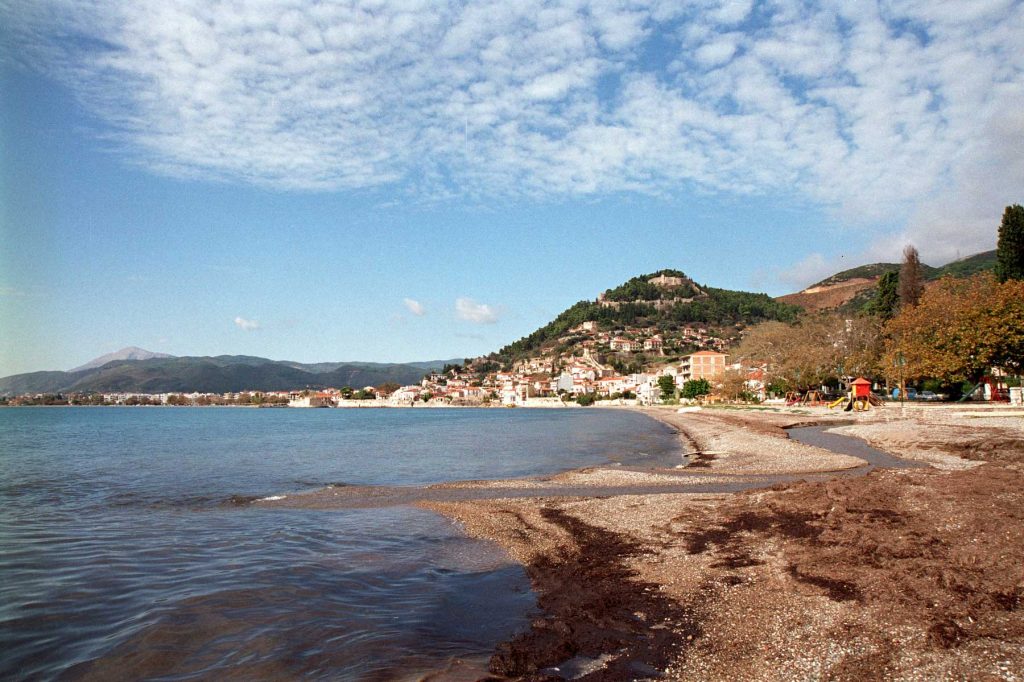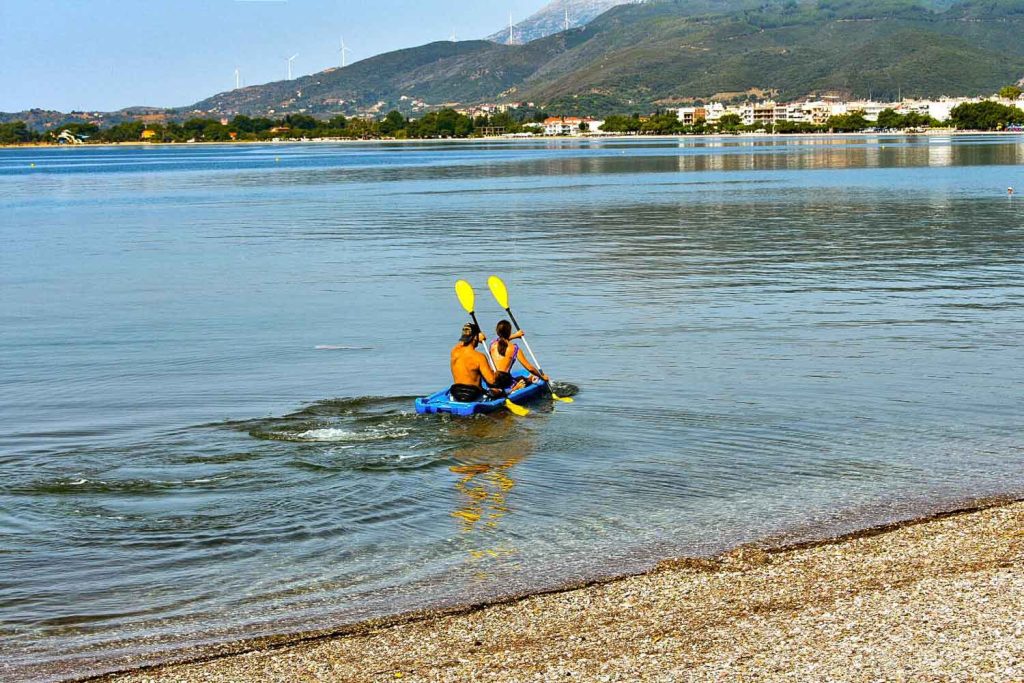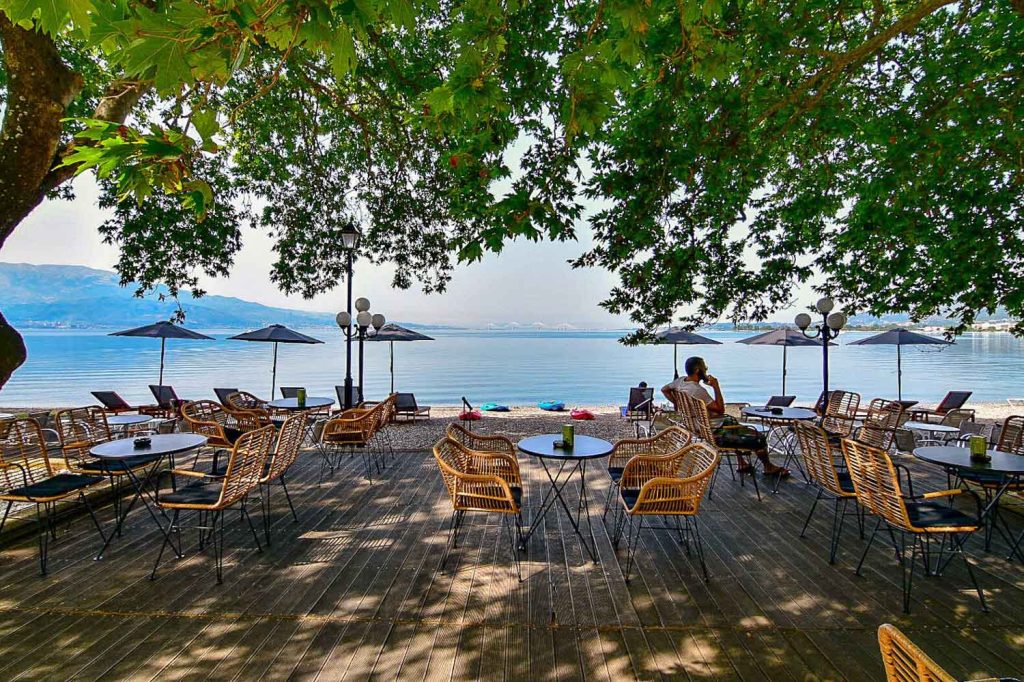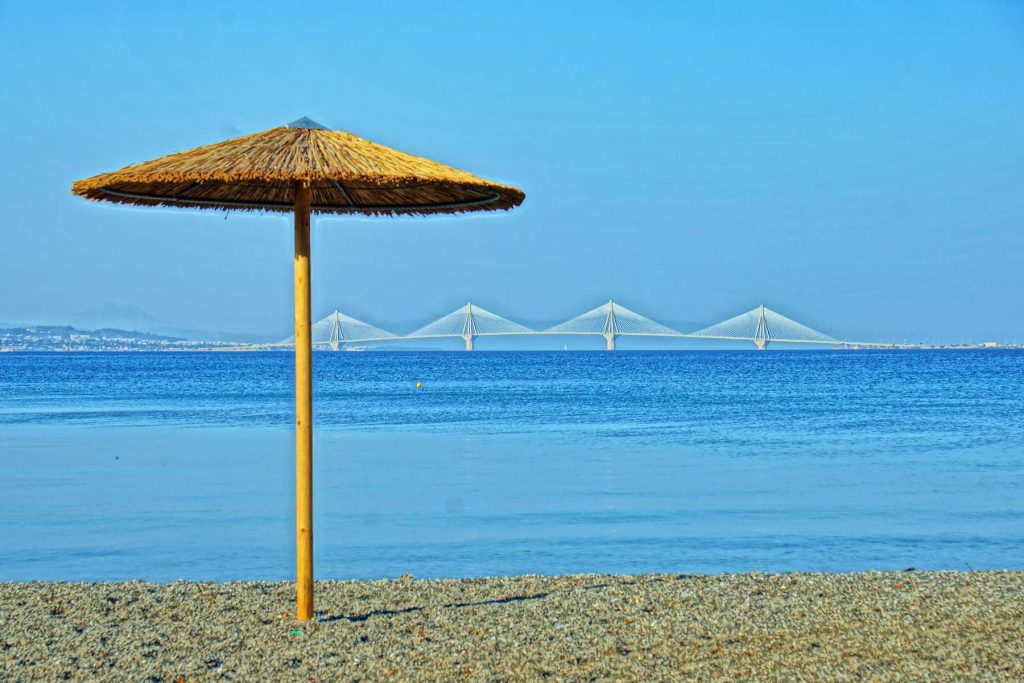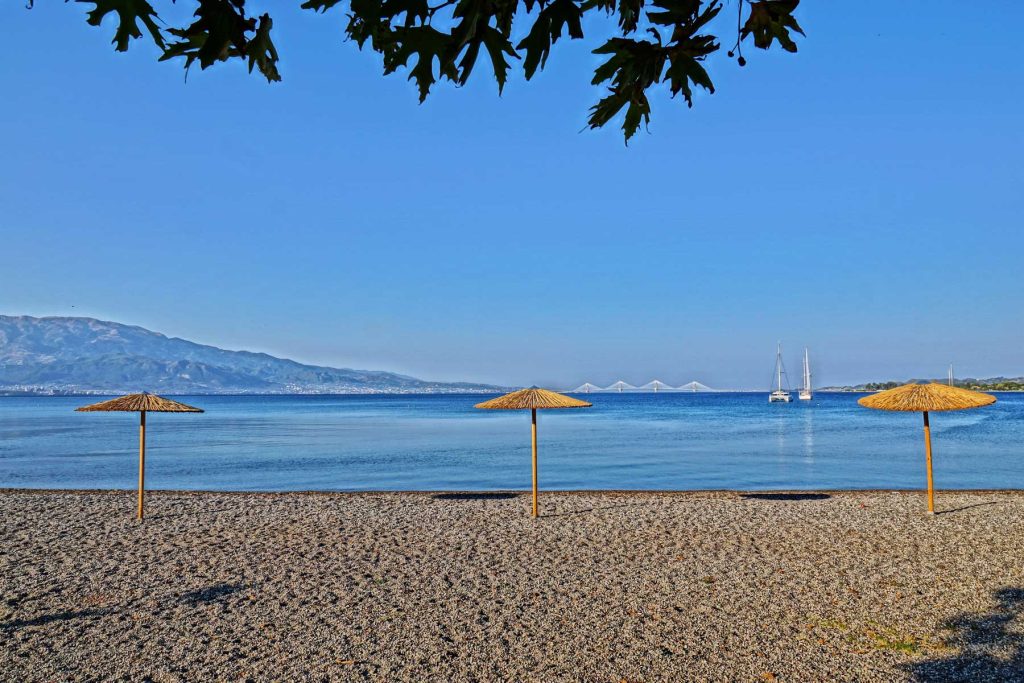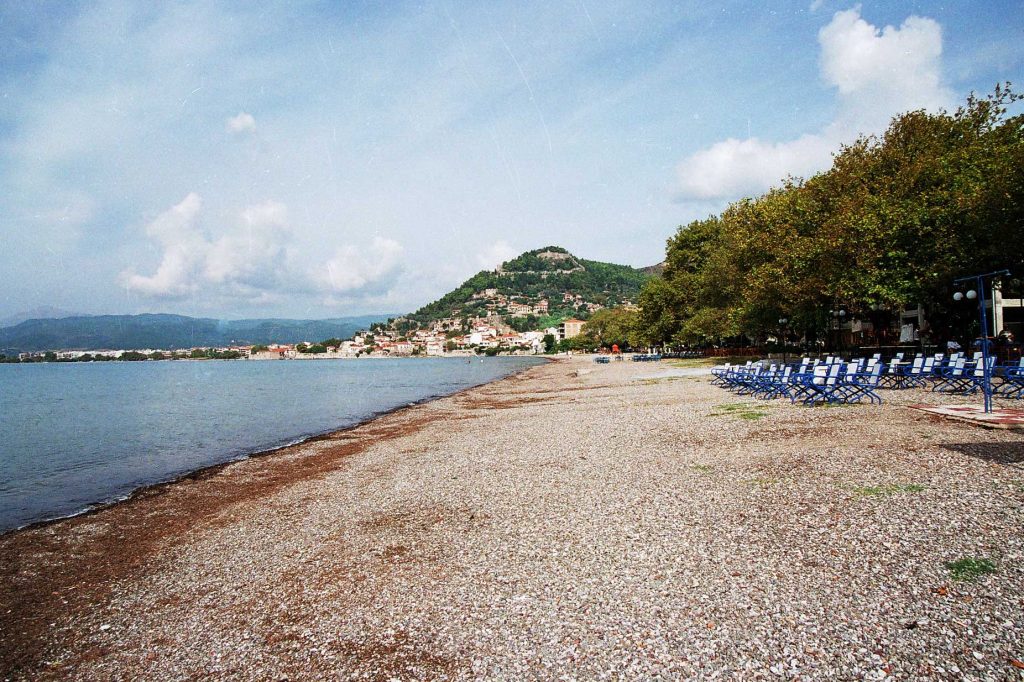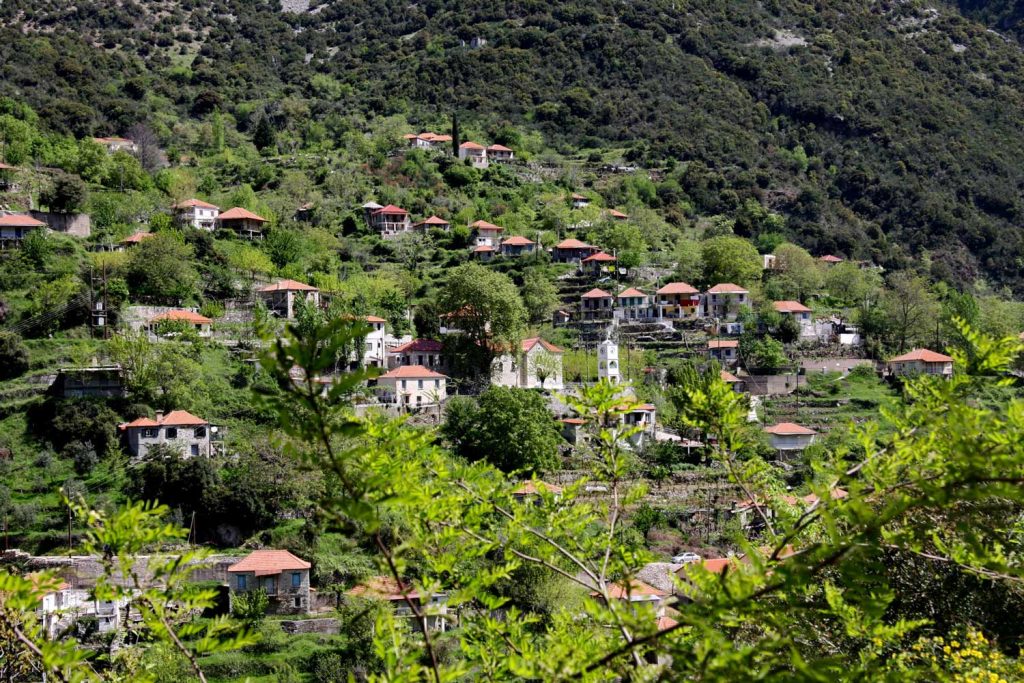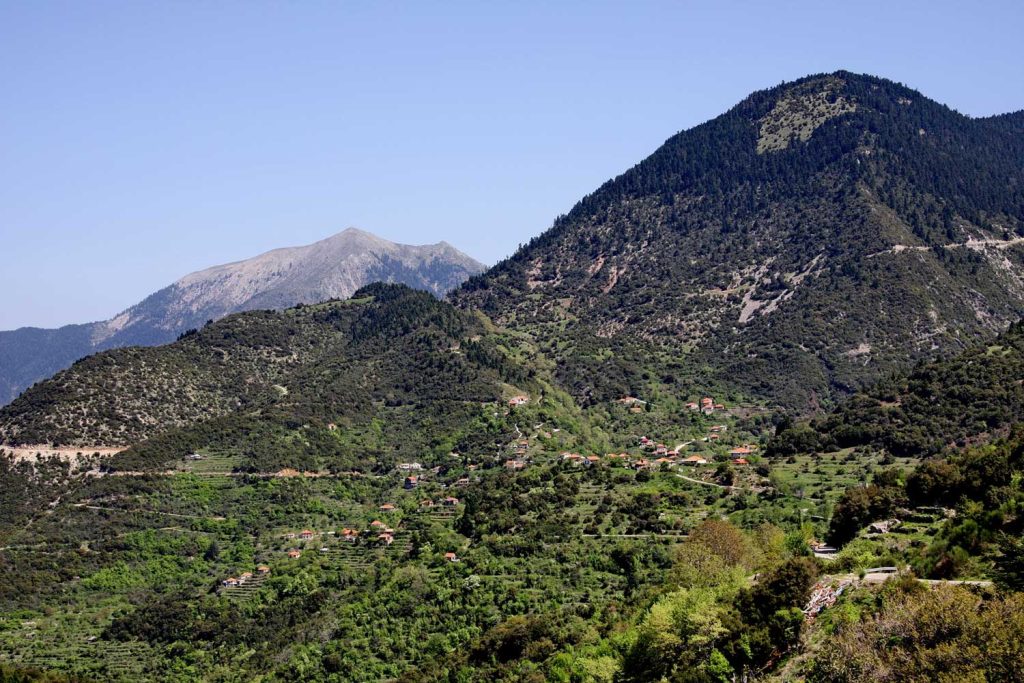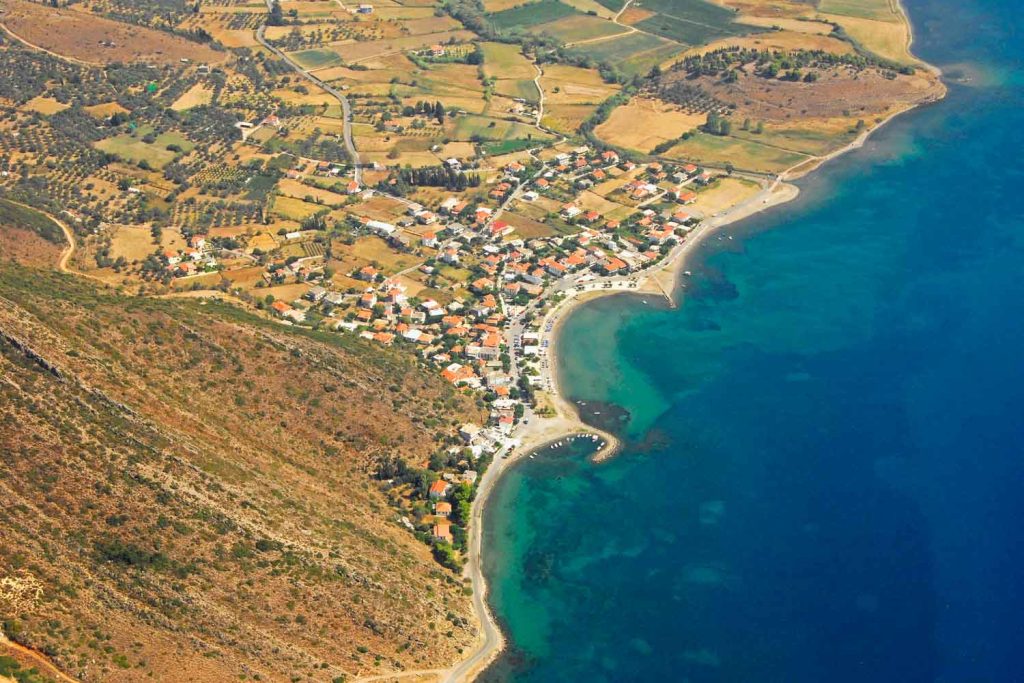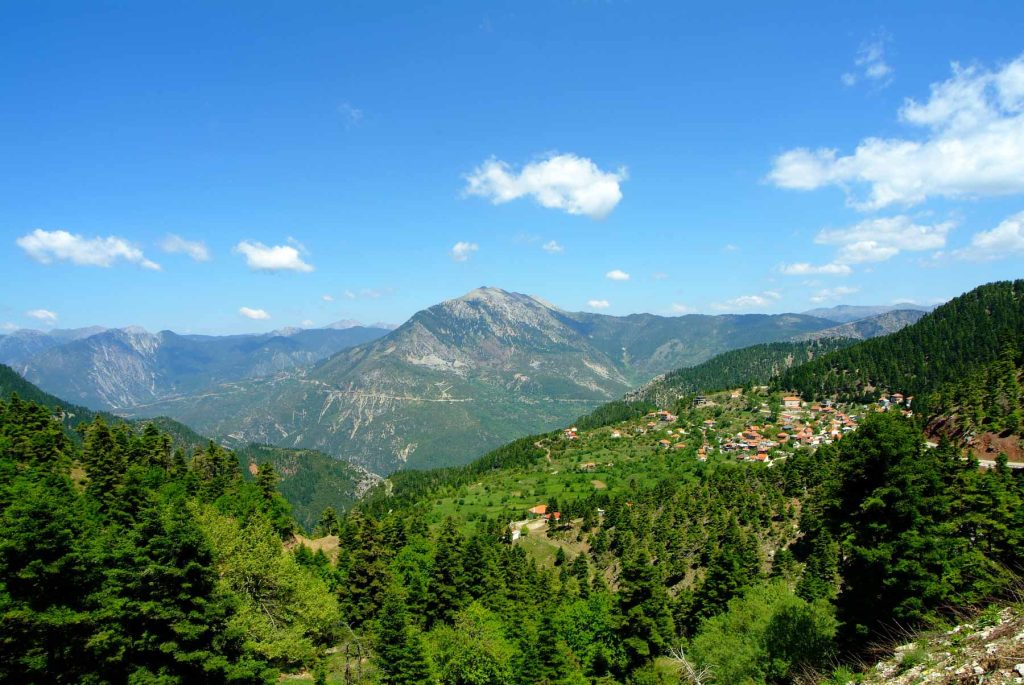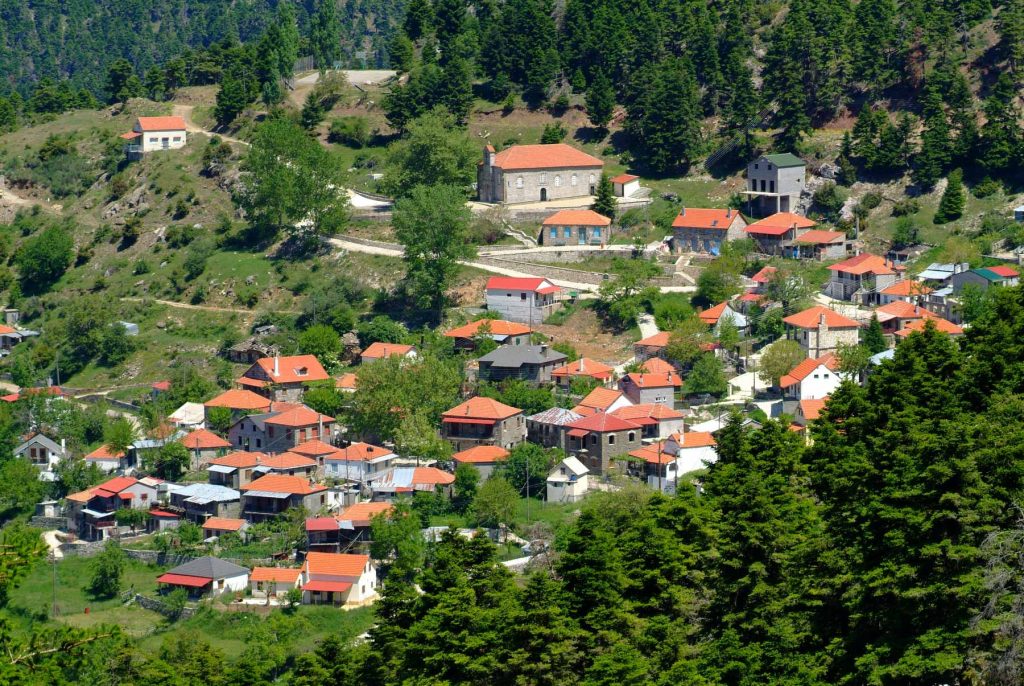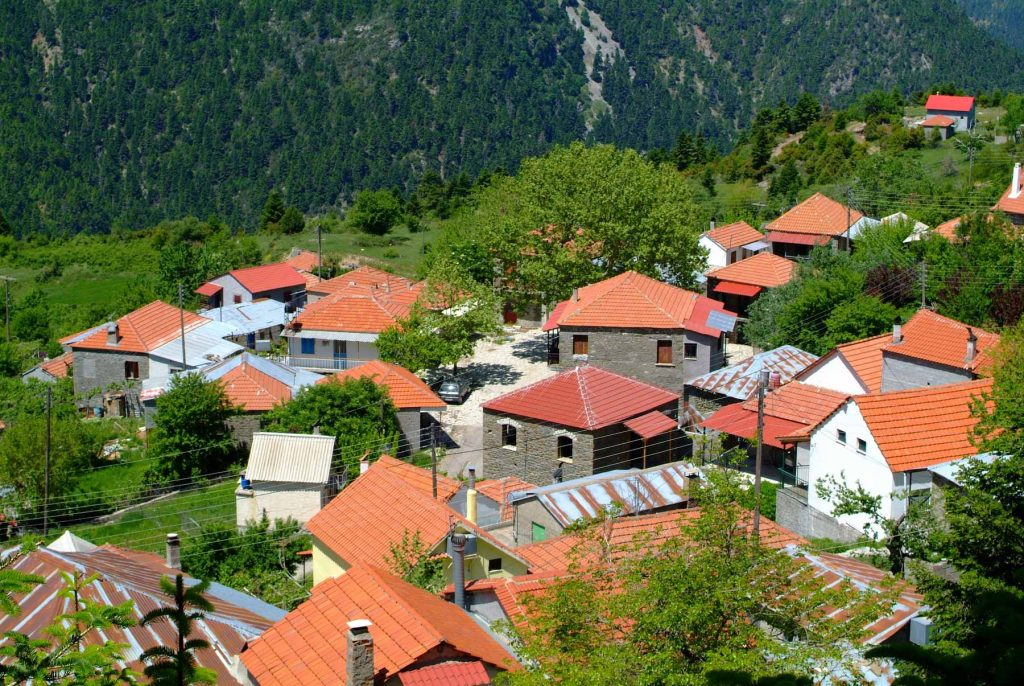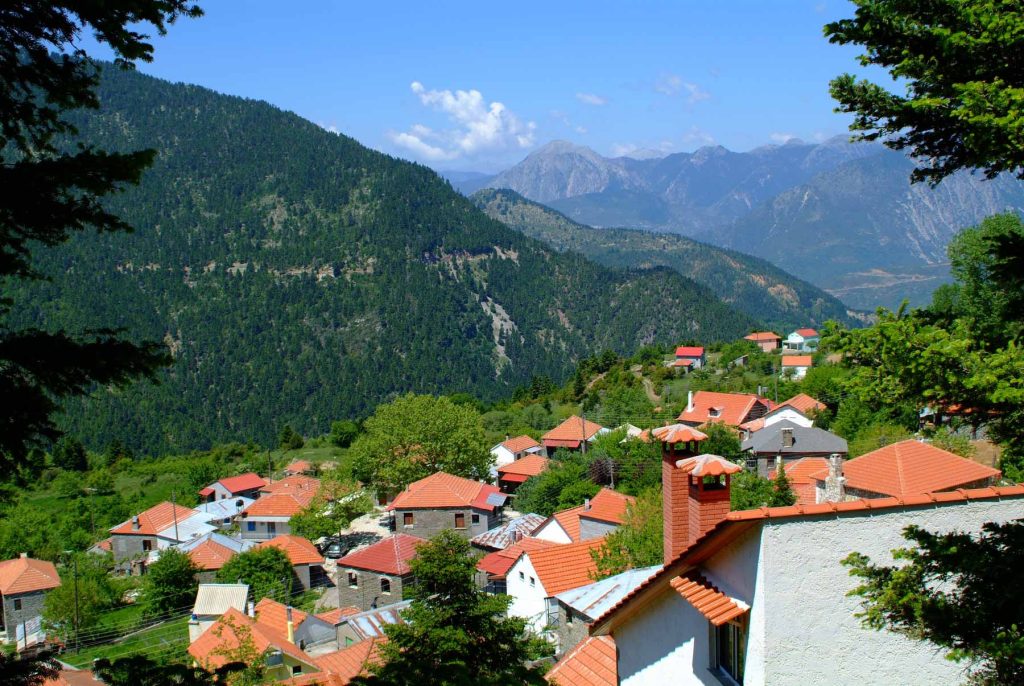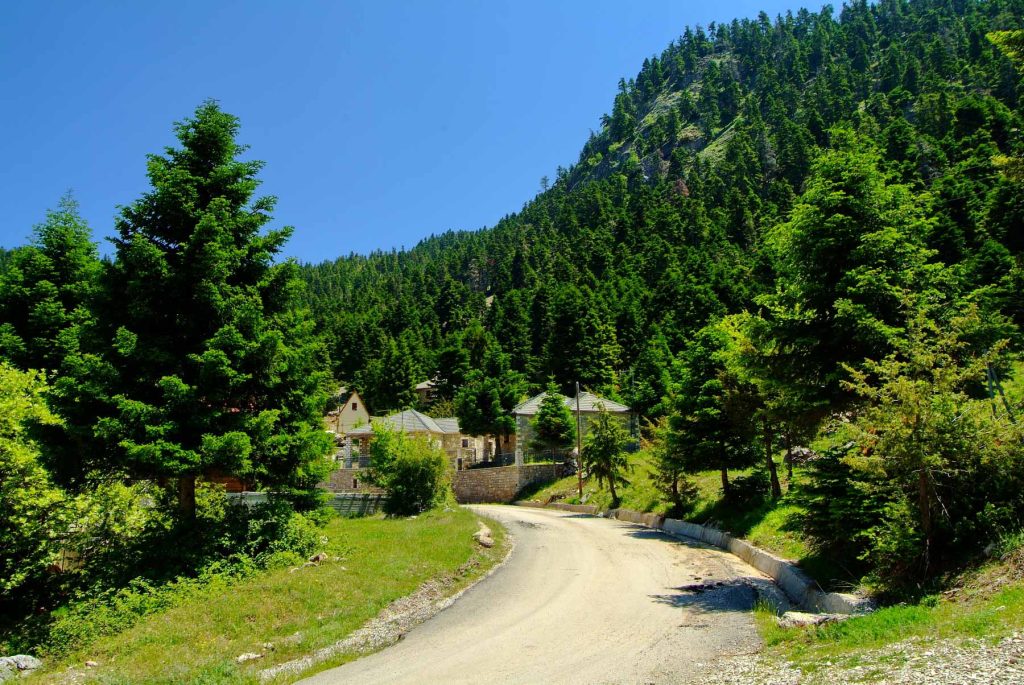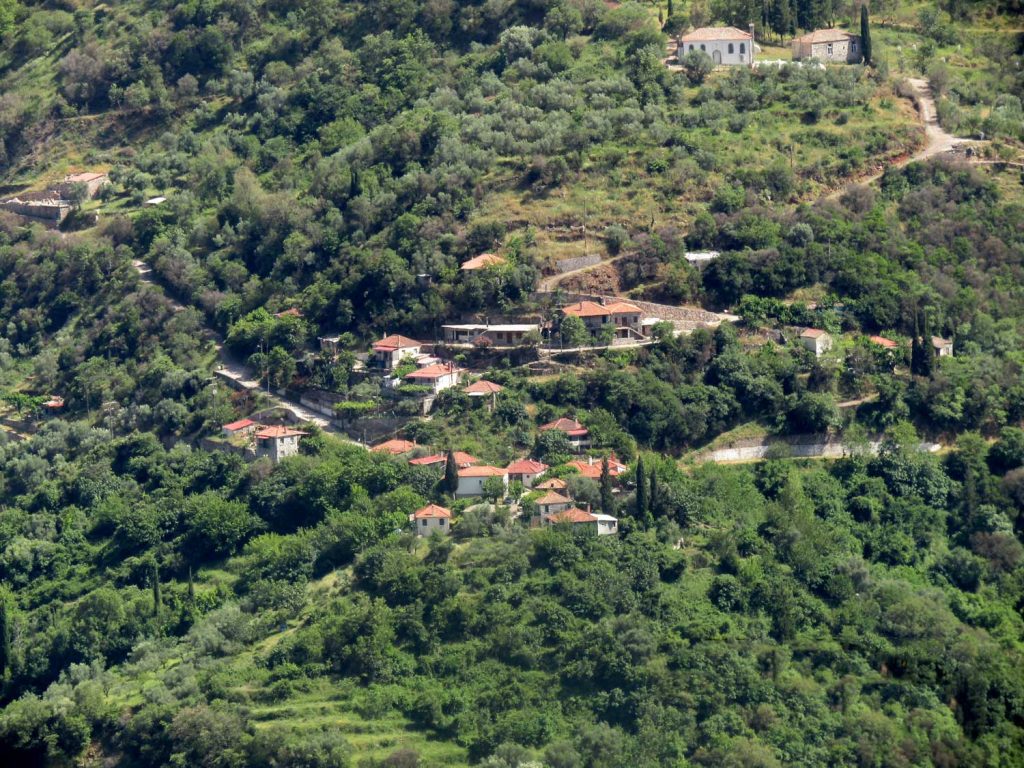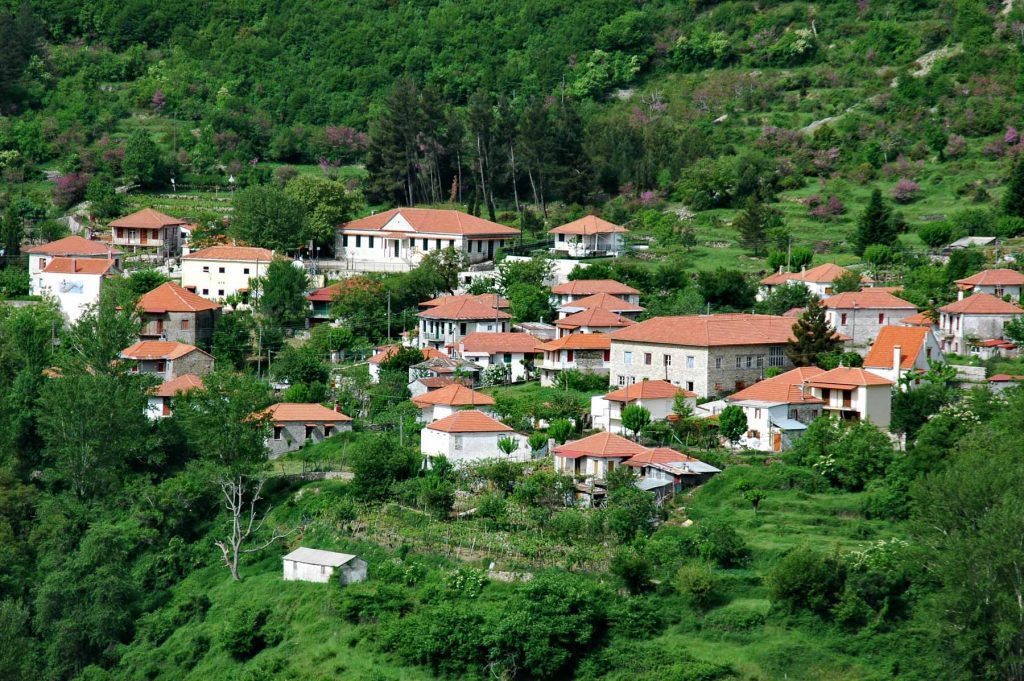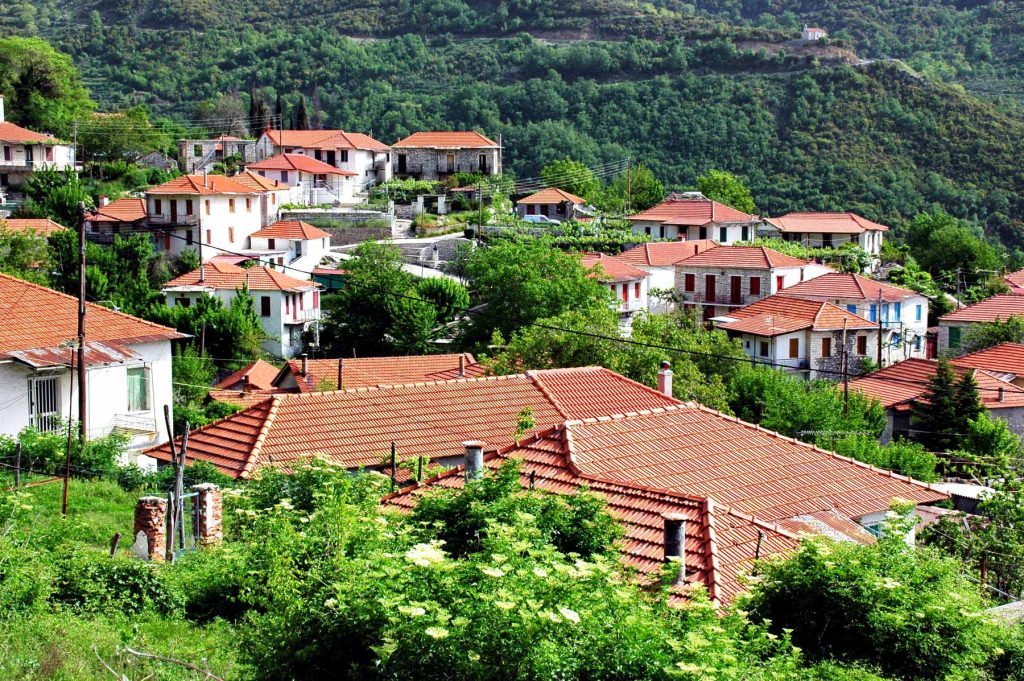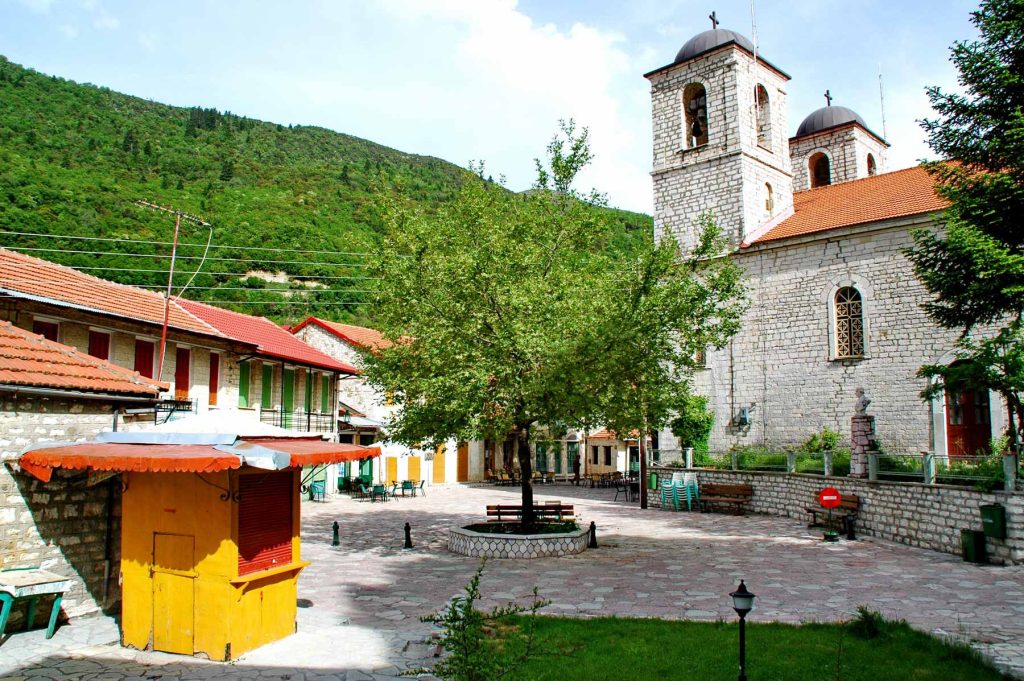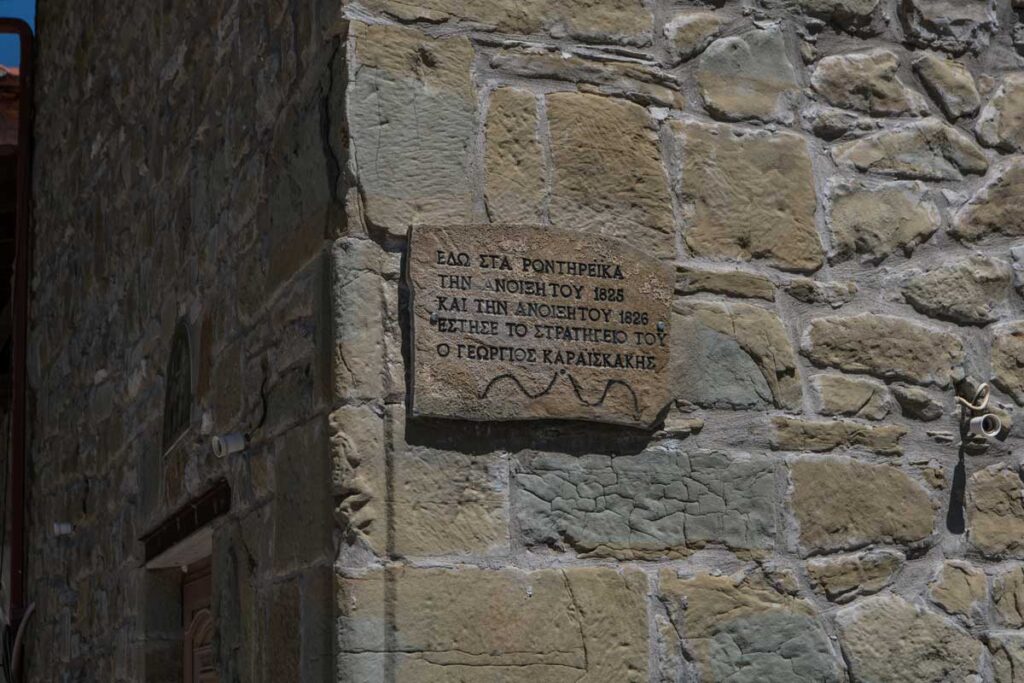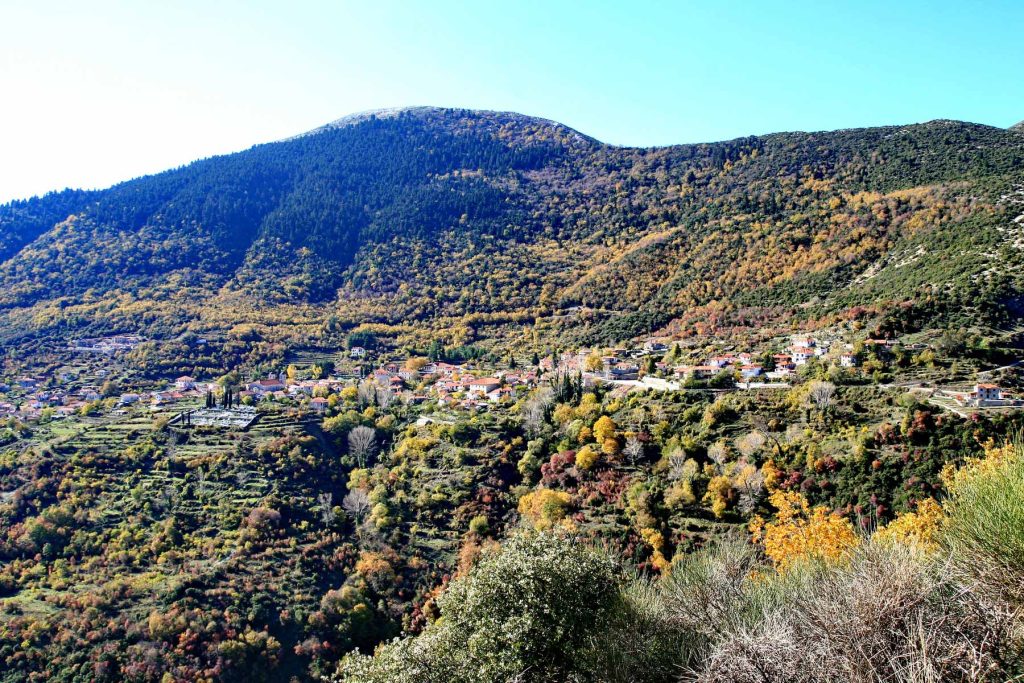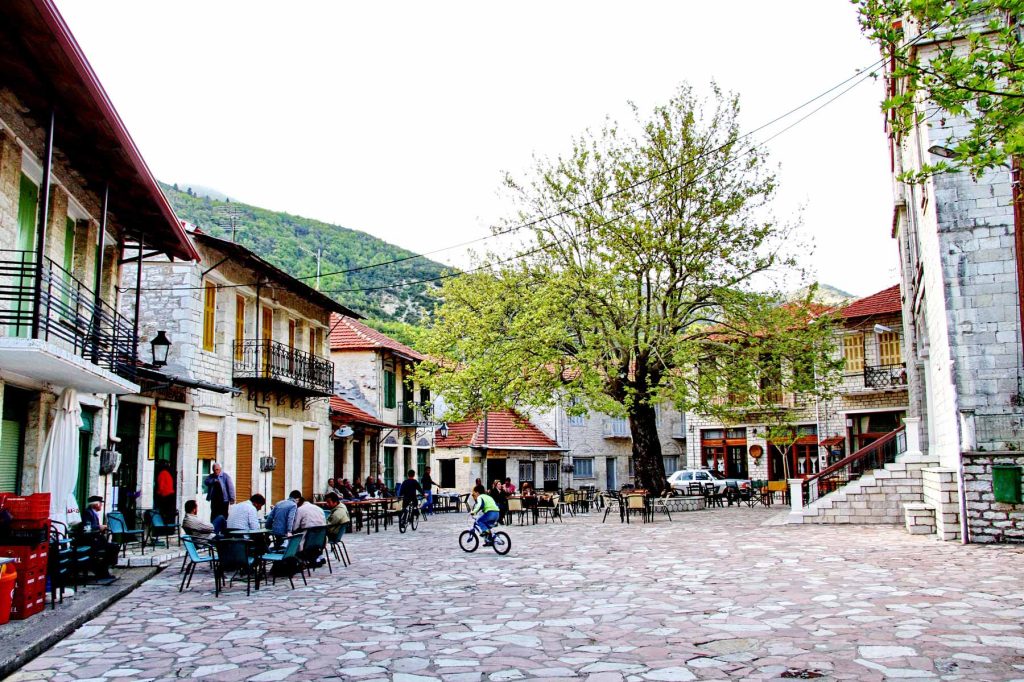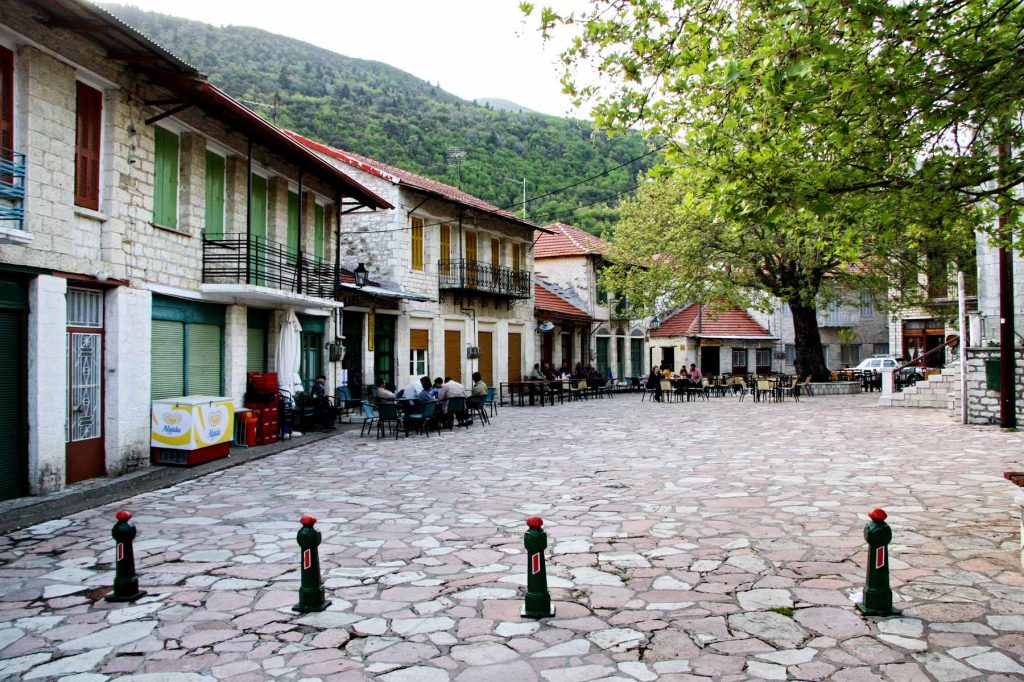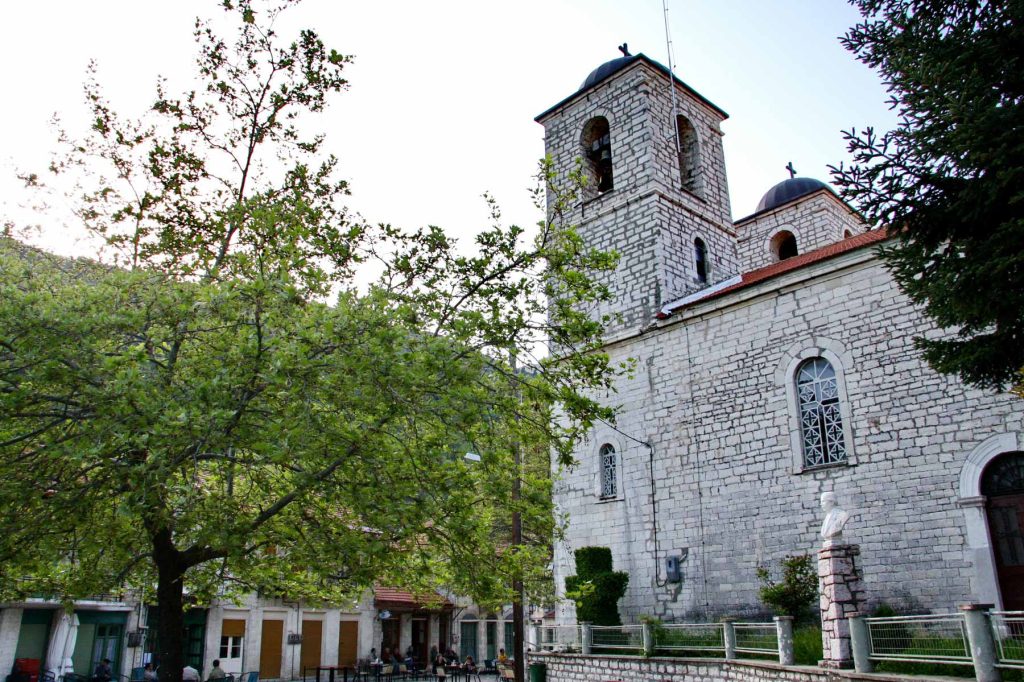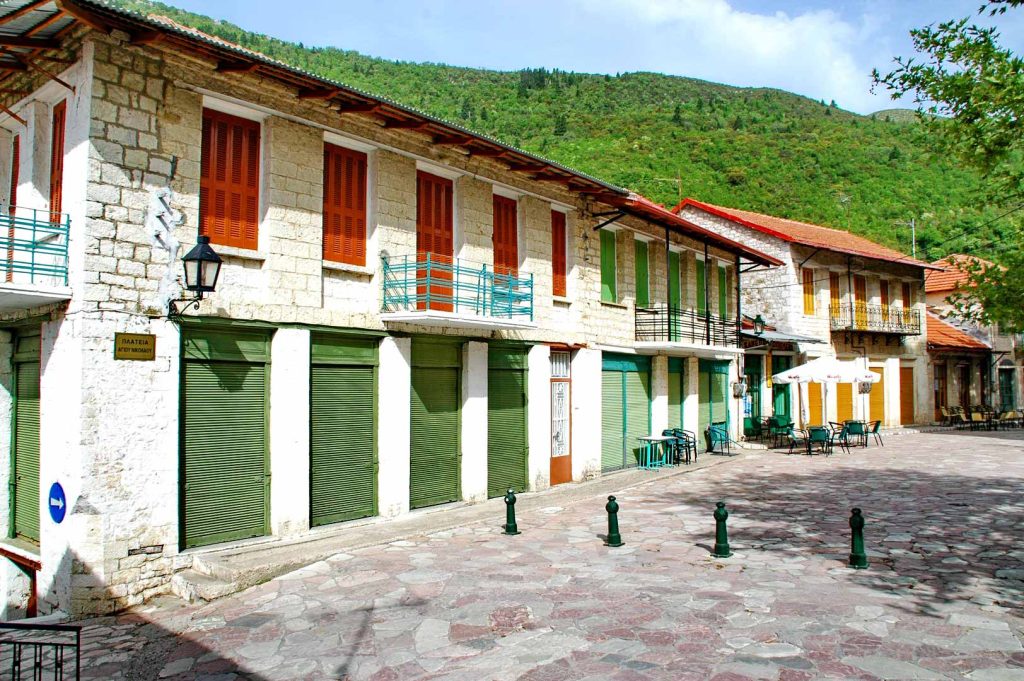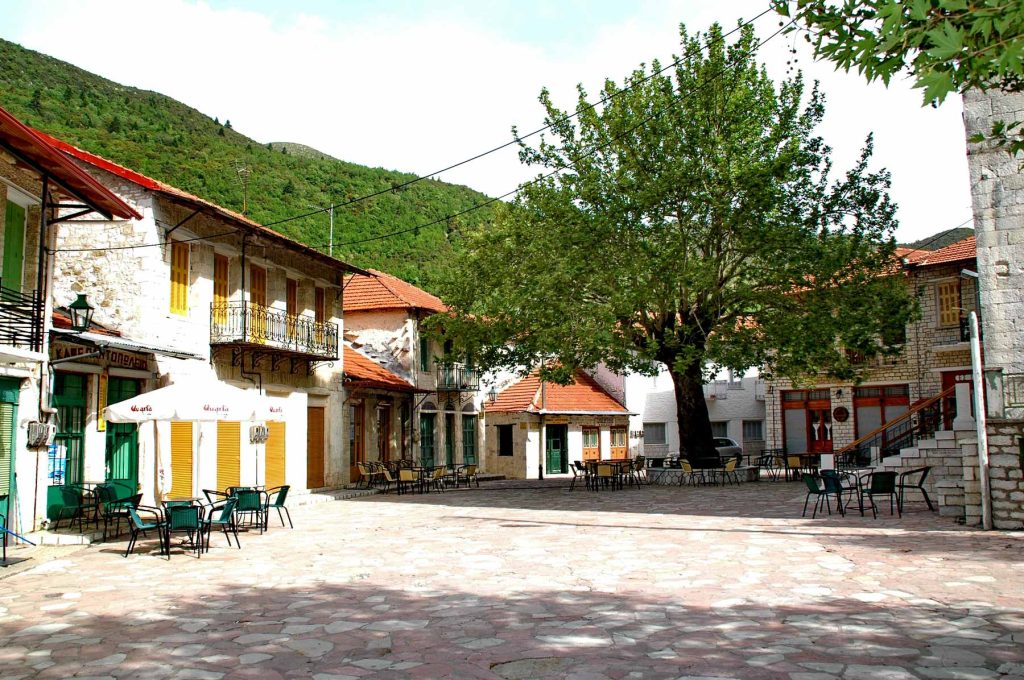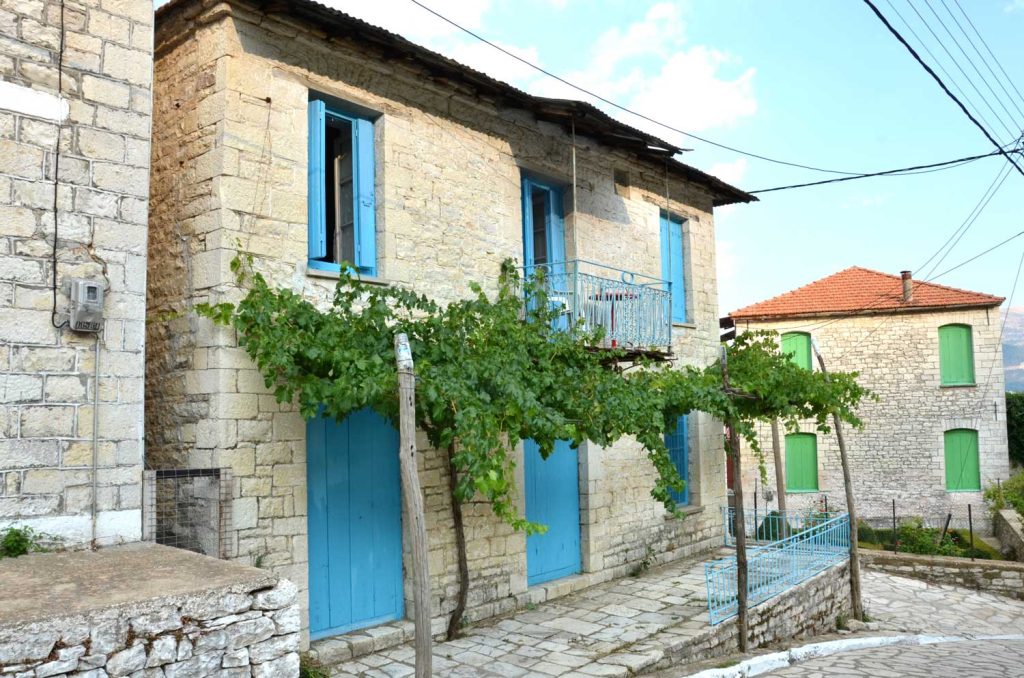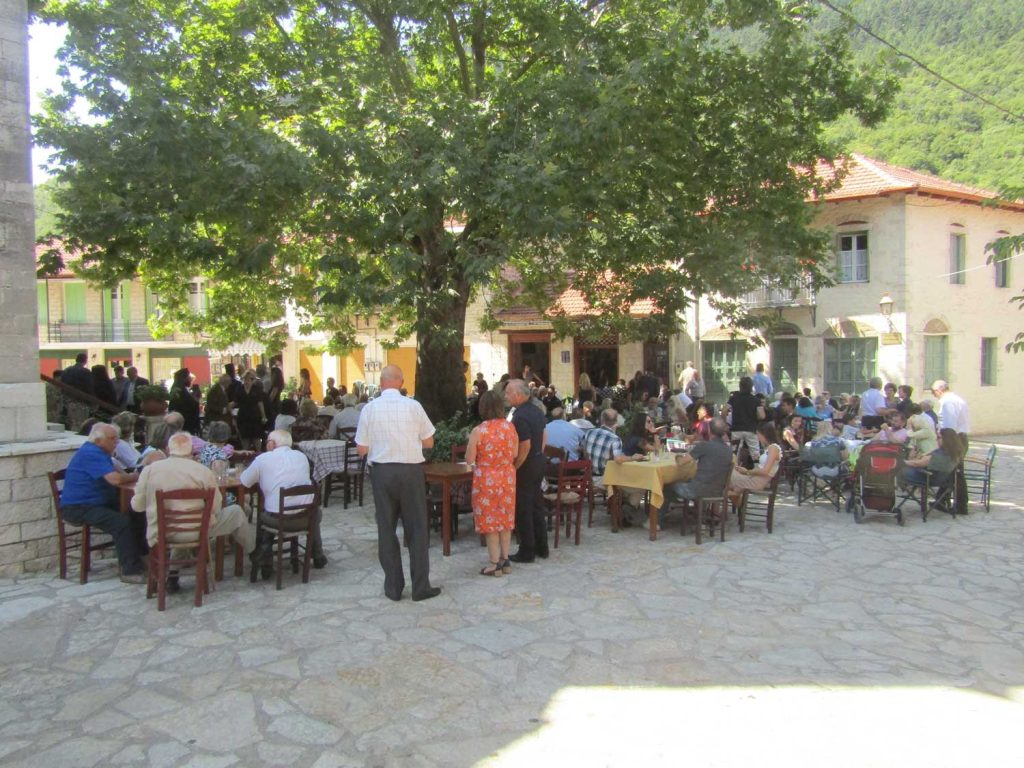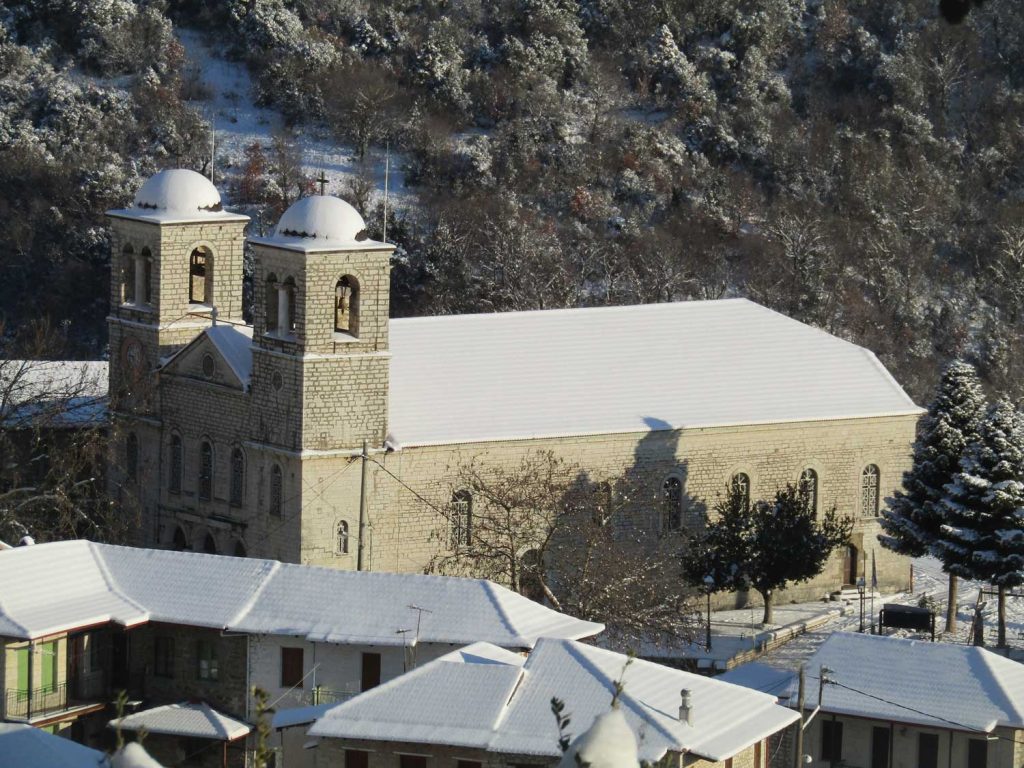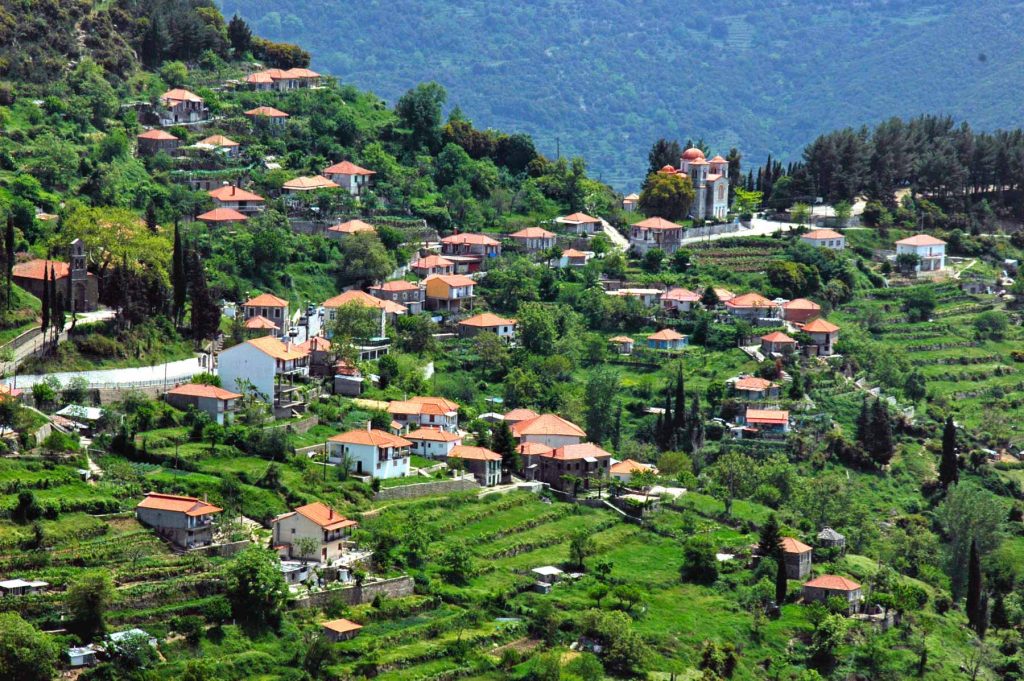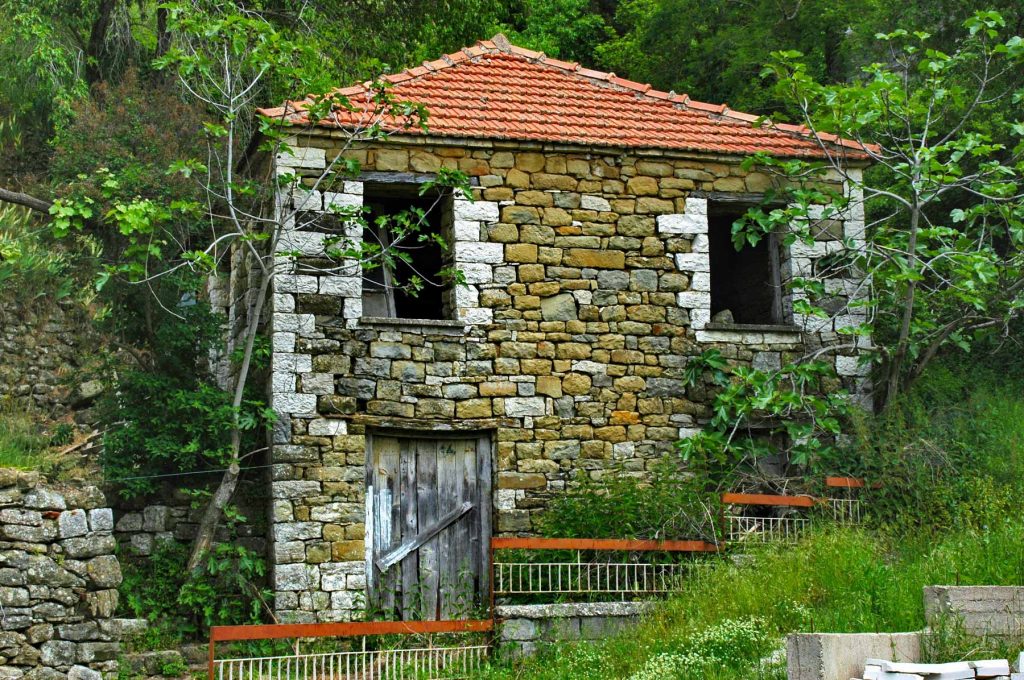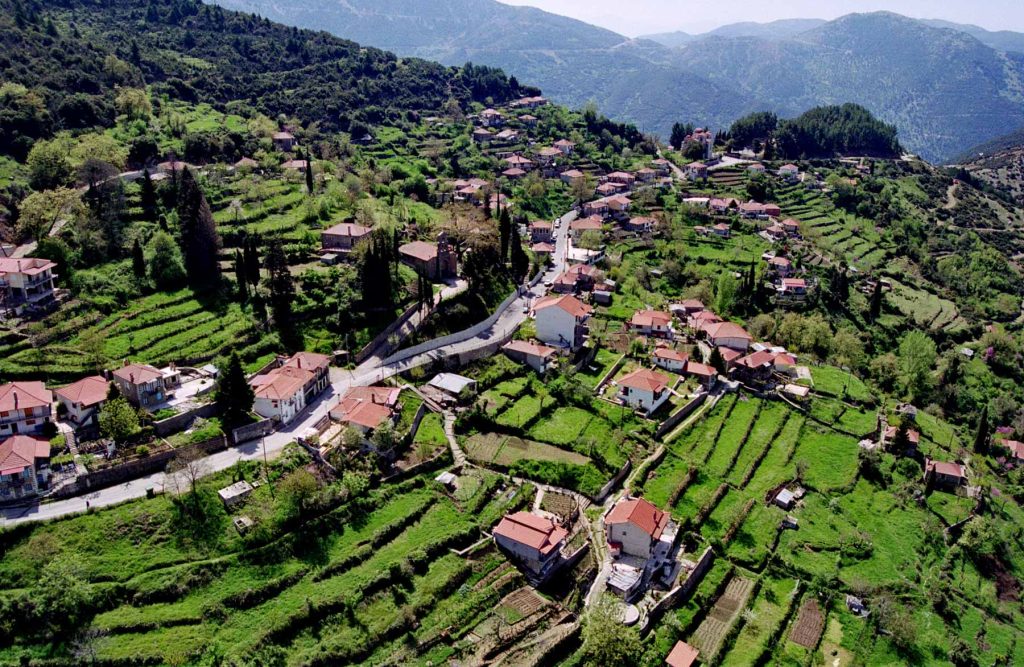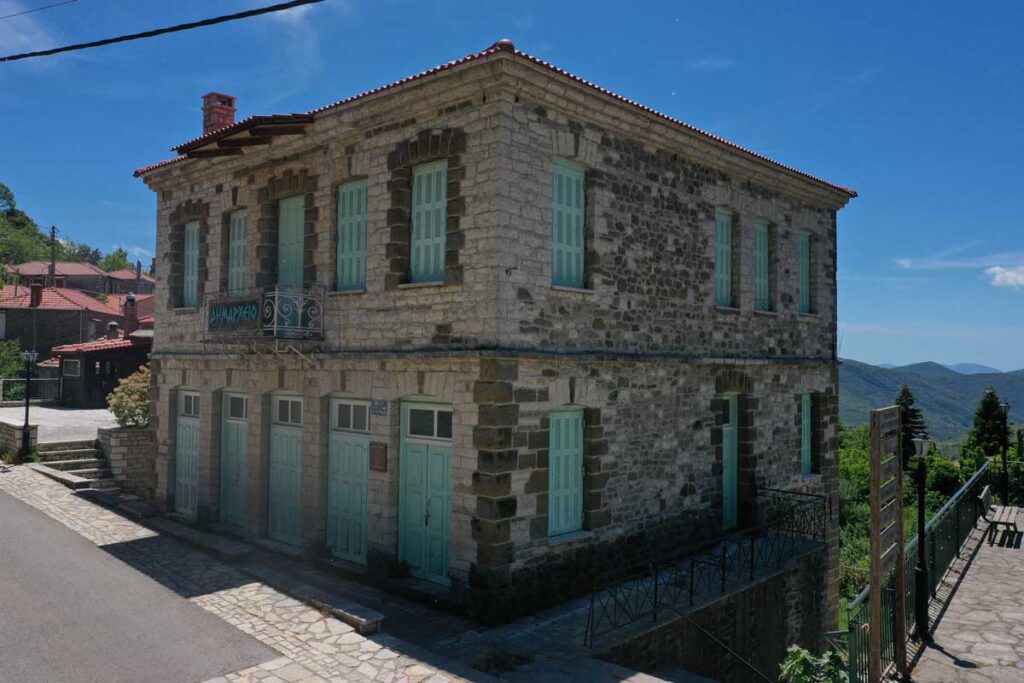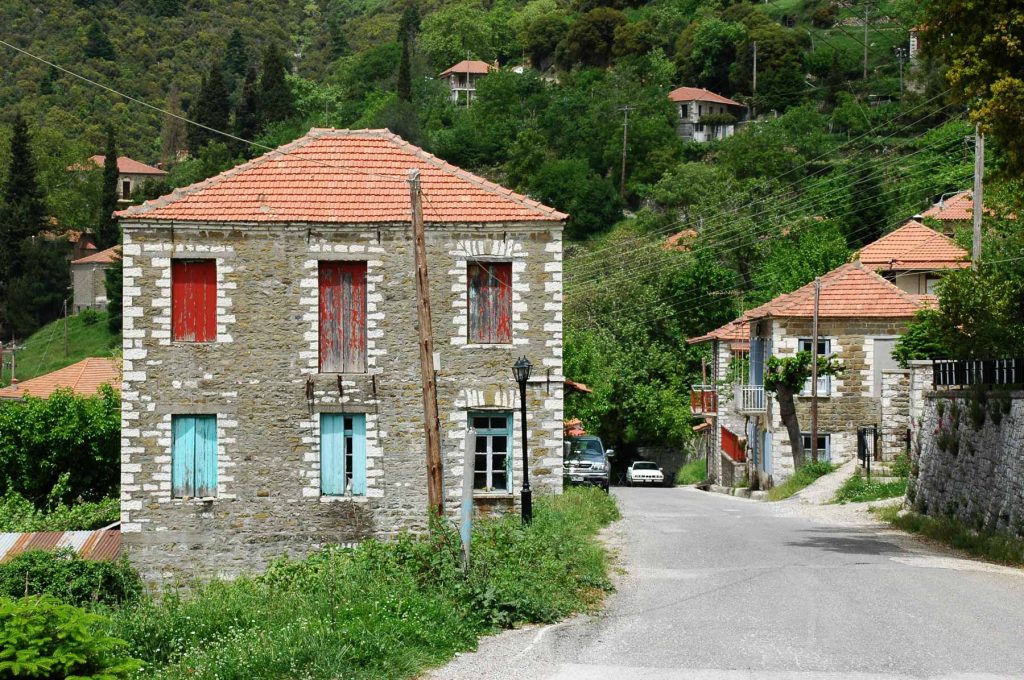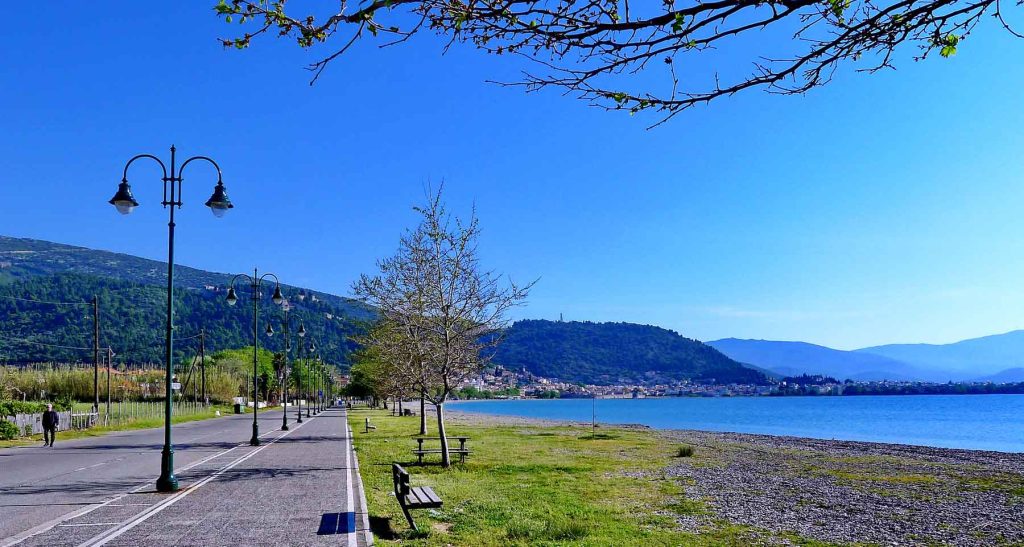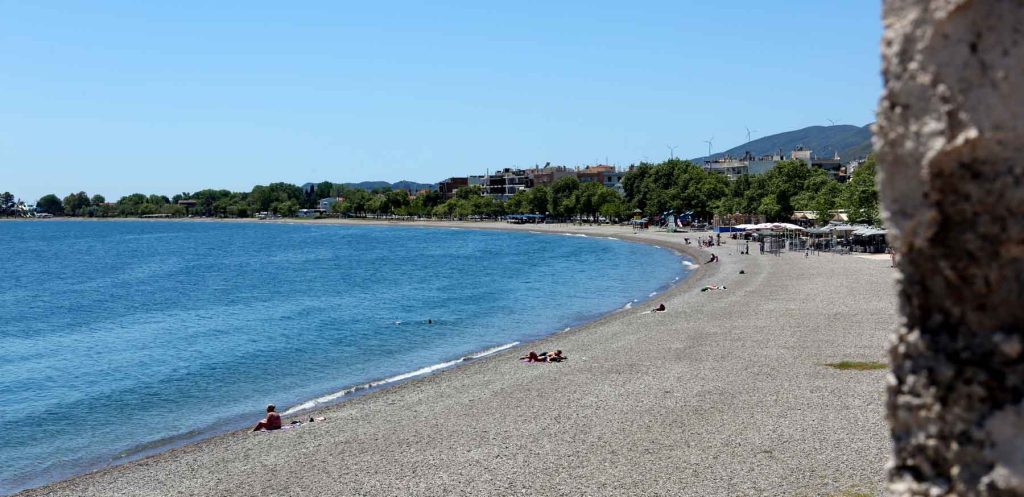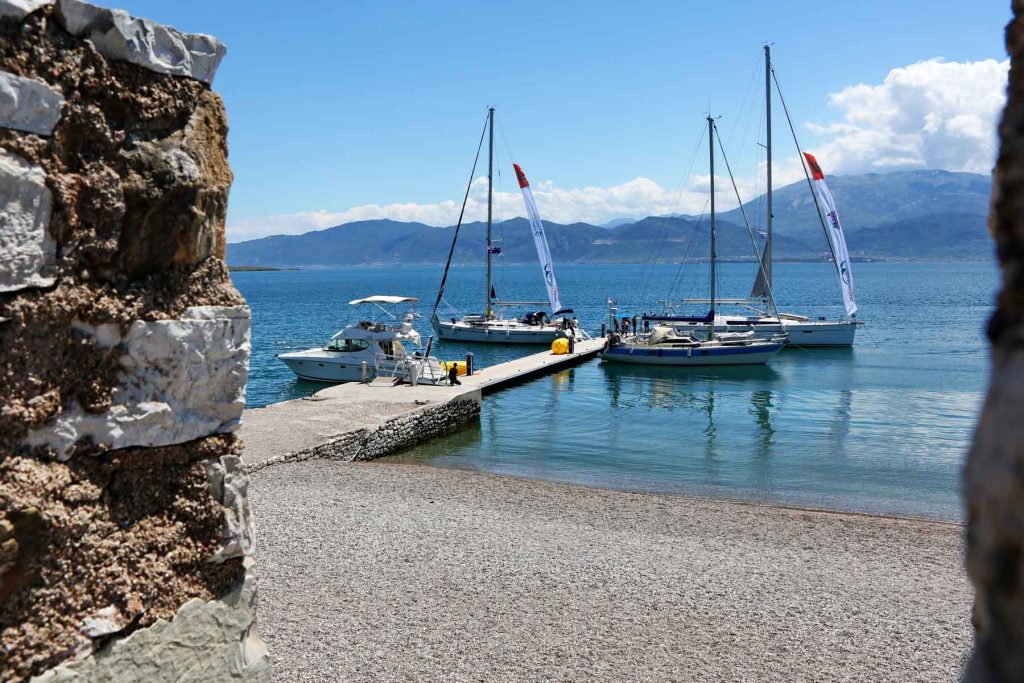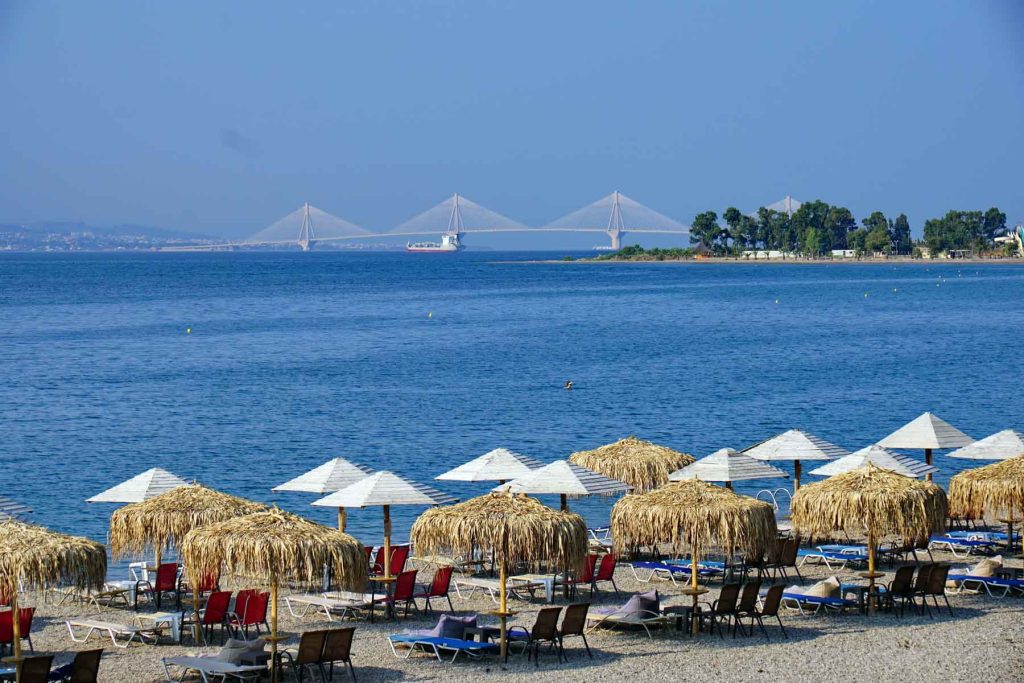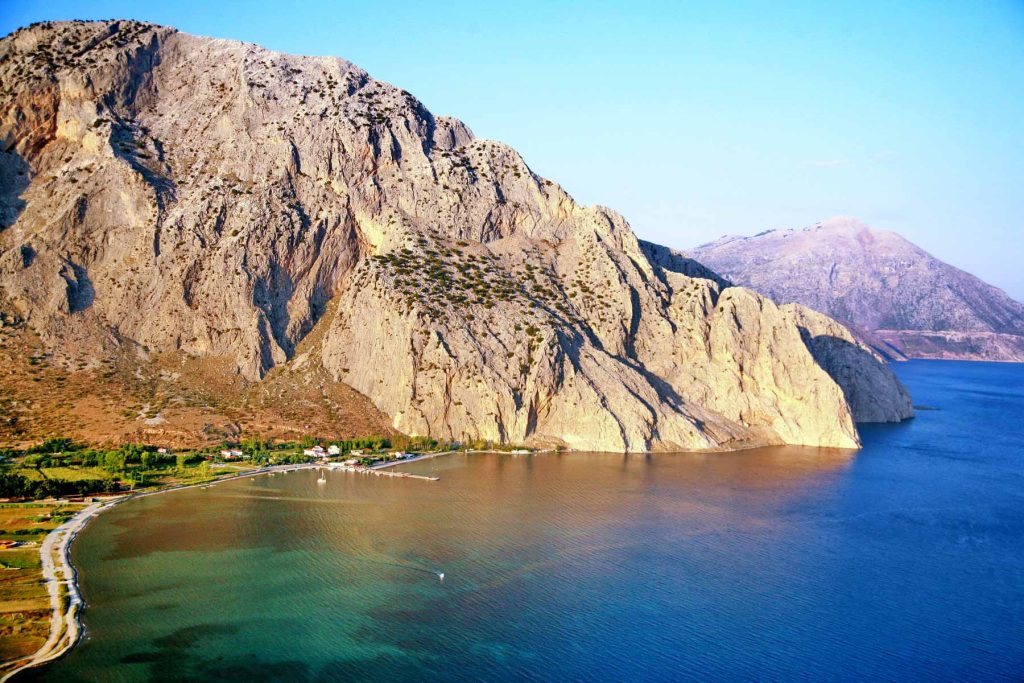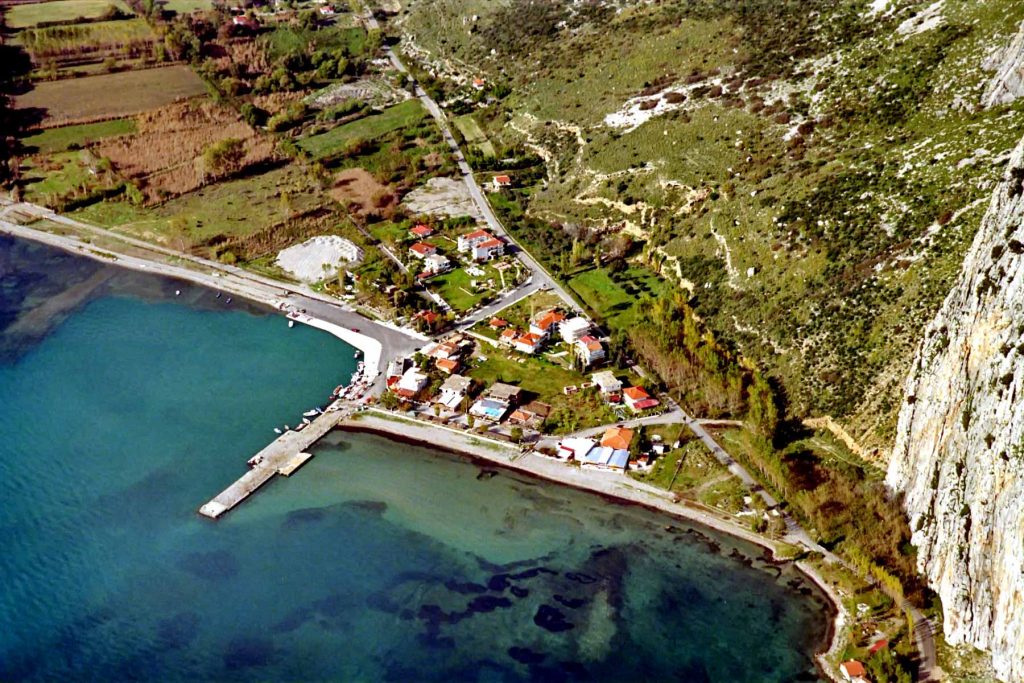- The History of our place

Nafpaktos, a city known since antiquity, got its name from the words “nafs” and “pignimi” which together mean “building a ship”. The first references to Nafpaktos date back to 1104 B.C., when the Dorians came to the region to build ships in order to cross over to the Peloponnese.
Its strategic geographical position, at the entrance of the Corinthian Gulf, made it a coveted location during both the Antiquity as well as Byzantine and modern times. .The city was originally inhabited by the Hesperian Lokrians, who lost power to the Athenians in 454 BC. During the Peloponnesian War, the Athenians used it as their naval base in western Greece for important military marine and land-based operations. Lokrians, Athenians, Messenians, Achaeans, Thebans, Macedonians and Aetolians alternate as rulers of Nafpaktos and shape its great long history. Lokrians, Athenians, Messenians, Achaeans, Thebans, Macedonians and Aetolians alternate as rulers of Nafpaktos and shape its great long history. In 338 BC, Nafpaktos became the seat of the Aetolian League and the venue where the respective councils were held. In 191 BC, Nafpaktos was besieged by the Romans and after the signing of a relevant treaty, power was handed to the Lokrians while it was politically subjected to the Roman colony in Patras.
The important role played by Nafpaktos during the early Byzantine era is also documented by the existence of strong fortifications, which the Byzantine historian Prokopios mentions already from the 6th century. In the mid-Byzantine era, there is more information about Nafpaktos. It is likely that after 880 AD Nafpaktos became the capital of the Byzantine thema (district) of Nikopolis, and the bishopric of Nafpaktos was upgraded to “Metropolis of the Old Continent”. At that time, the town also became one of the major ports for the Byzantine fleet of western operations and had a shipyard. The commercial capabilities of the port of Nafpaktos increased rapidly, and the city is referred to as a stopover on diplomatic trips to and from Istanbul.
After the fall of Constantinople to the Latins in 1204, Nafpaktos came for a short period under the control of the Venetians, who refer to it as the town of Nepanto (trs. Lepanto), while a few years later, under the 1210 Treaty, it was given to the Despot of Epirus, Michael I Angelos Komnenos Doukas. It is perhaps the period for which we have the most complete historical data on the town, thanks to two charismatic leaders who rose to the episcopal throne at the end of the 12th and early 13th centuries: Constantinos Manasis and Ioannis Apokafkos. Apokafkos in particular is a major source of information on the situation in the region of Nafpaktos at the beginning of the 13th century. He describes the town rather grimly. The population had declined and many had fled the town due to devastating natural disasters as well as the countless pirate raids. In 1294, Nikiforos I Angelos Komnenos Doukas gave Nafpaktos as part of a dowry to Philip I, Prince of Taranto, a member of the Angevins (Anjou) dynasty, who thereby solidified their command of the region for about half a century. Philip I fortified the city and minted currency to Western standards. The civil war between Andronikos II and Andronikos III Palaiologos over the fate of the Despotate of Epirus, and the campaign by Gautier de Brienne against the Catalans created a environment of insecurity and, gradually, an absence of leadership. In 1361, the Albanians, having defeated the forces of the Despotate of Epirus, were gradually advancing in Western Greece and in 1380 they conquered Nafpaktos.
After the handover of the town from the Albanians to the Venetians in 1407, Nafpaktos got new fortifications and the settlement took its current form, with the castle and the port. It is established as one of the most important commercial ports of the Ionian Sea. In 1499, war breaks out between the Ottoman Empire and Venice over the control of the Aegean Sea and the eastern Mediterranean in general. The Ottomans won and occupied all the Venetian possessions, including Nafpaktos. They strengthened the fortifications of the castle and the harbor even more and constructed many public buildings in the town and in the greater area, with the most important ones being the twin castles of Rio-Antirio, called the “small Dardanellians” at the mouth of the Corinthian Gulf.
As the Ottoman Empire became increasingly powerful and the risk of its expansion to the West became apparent, Europe’s leaders joined forces in order to face the threat and halt it. At the initiative of Pope Pius V, the Holy League (Sacra Liga Antiturca) was founded. Spain, Venice, Rome, Savoy, Malta, the Knights Hospitaller and Genova joined the coalition against the Ottomans. In October 1571, under the command of fleet-admiral, Prince Don Juan of Spain, the Christian fleet engaged in the famous Battle of Lepanto, which took place at the Acheloos river estuary, near the Echinades islands.
The Battle of Lepanto is one of the most important events of the early modern period. It took place off the entrance of the Gulf of Patras, near the islands of Echinades and it was considered as more of a Crusade. This was perhaps the last major battle between the Catholic Christian West and Islam. Firstly, the battle ended the Ottoman Empire’s plans of total domination in the Mediterranean Sea and its expansion to Italy and on the coasts of France and Spain. However, although it was particularly welcomed as a symbolic victory, the States comprising the Holy League (Spain, Venice, Genoa, the Knights Hospitallers of Malta and the Papal State) tried, each on their behalf, to conclude a peace Treaty with the Ottomans, in order to avoid disruptions in the smooth conduct of trade.
The victory of the Christian fleet was, therefore, of vital historical importance for the future of Europe, but it did not bring the desired results for the Greeks, who had hoped to get rid altogether of the Ottoman yoke. In 1687, the Venetians under general Morozini took over Nafpaktos temporarily until 1699, when they handed it back to the Ottomans, in accordance with the Treaty of Karlowitz. Nafpaktos was liberated in April 1829, under the Treaty signed by Augustine Kapodistrias, brother of Greek Governor Ioannis Kapodistrias, who remained in the region as a Deputy. After its liberation, many families of rebels, mainly from Souli, Epirus, settled in the city.









